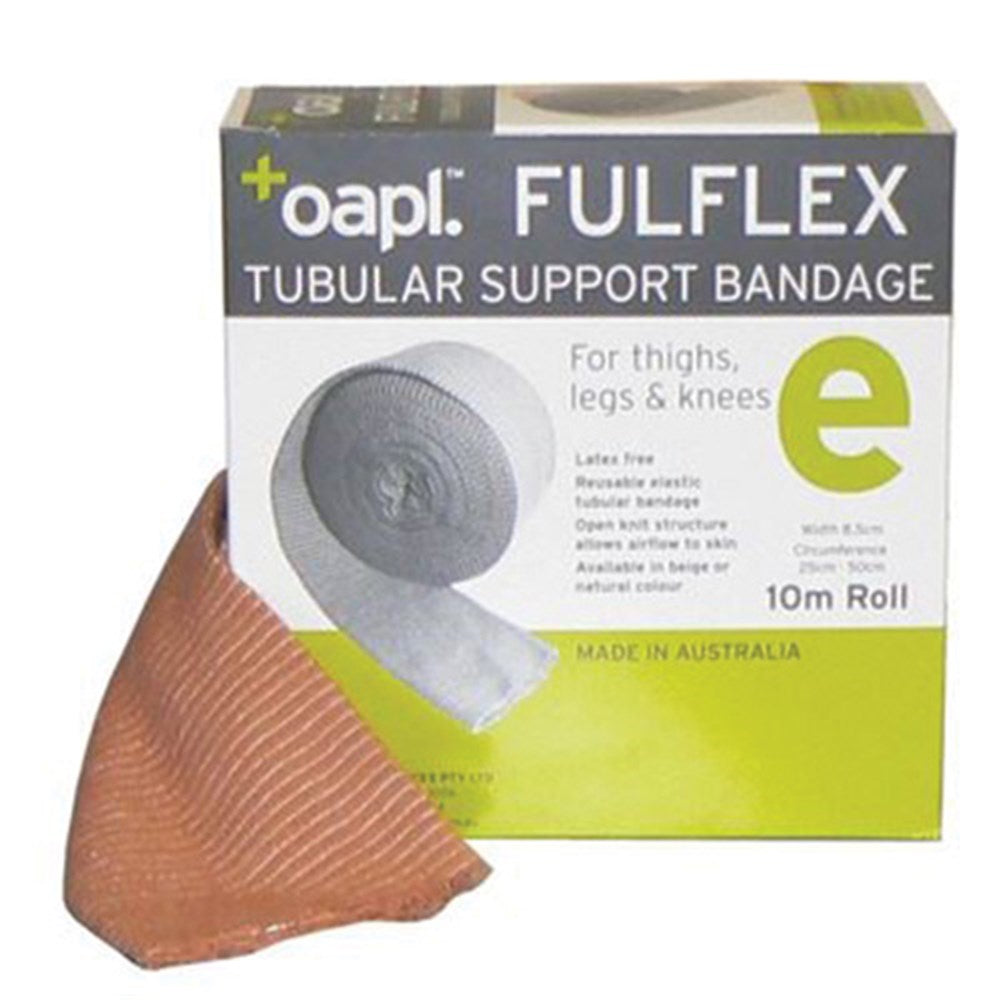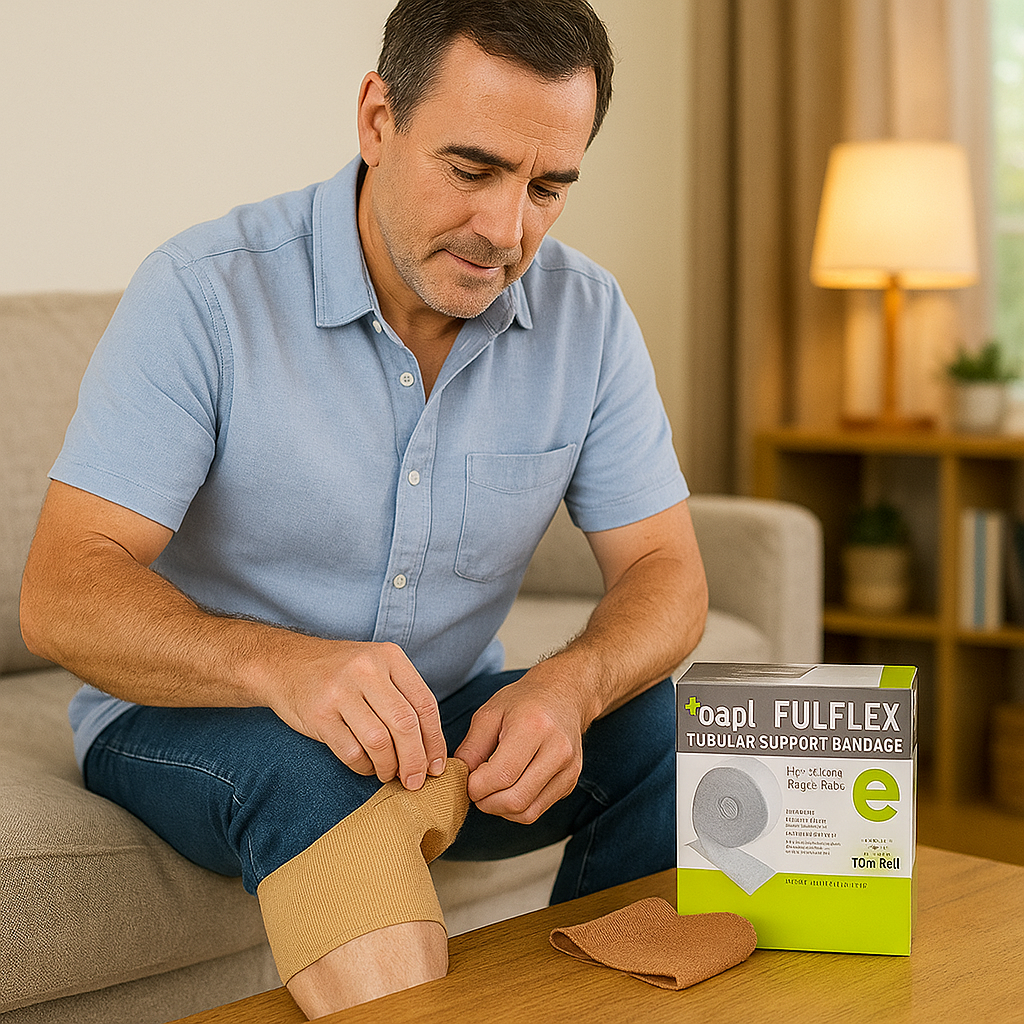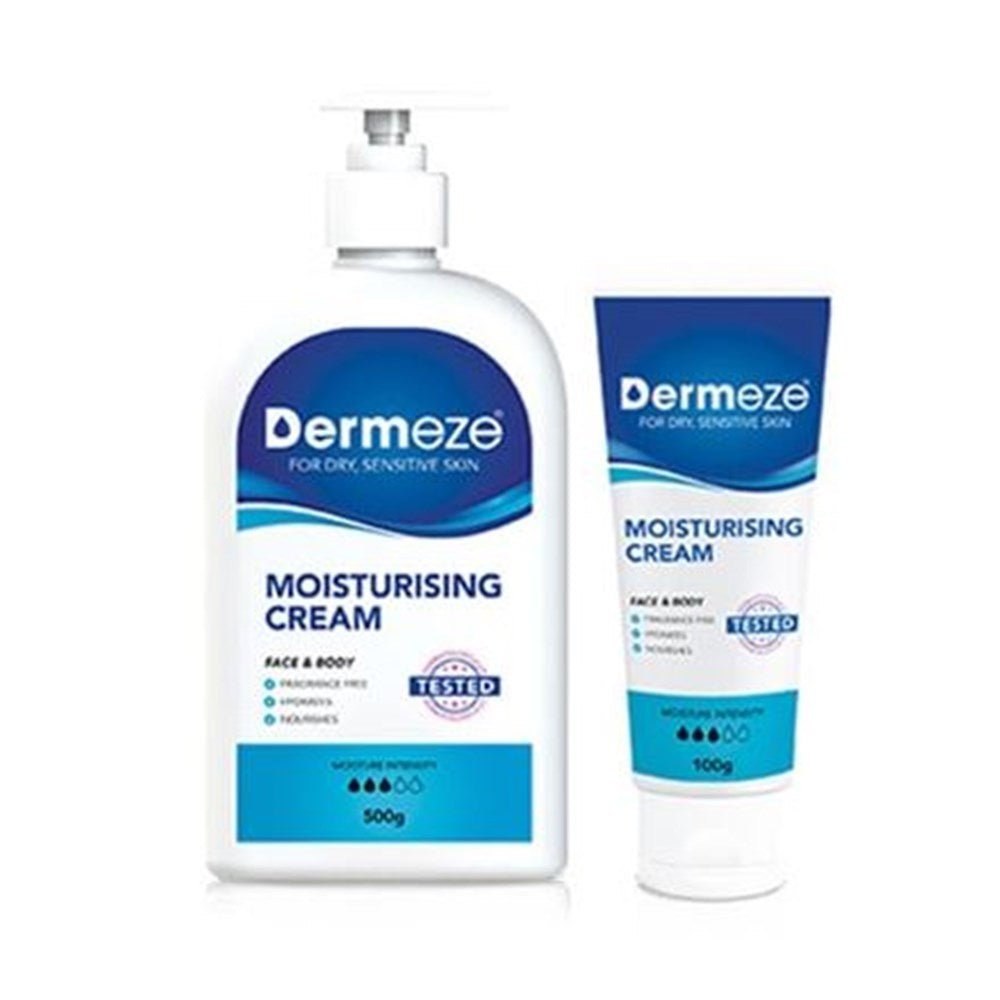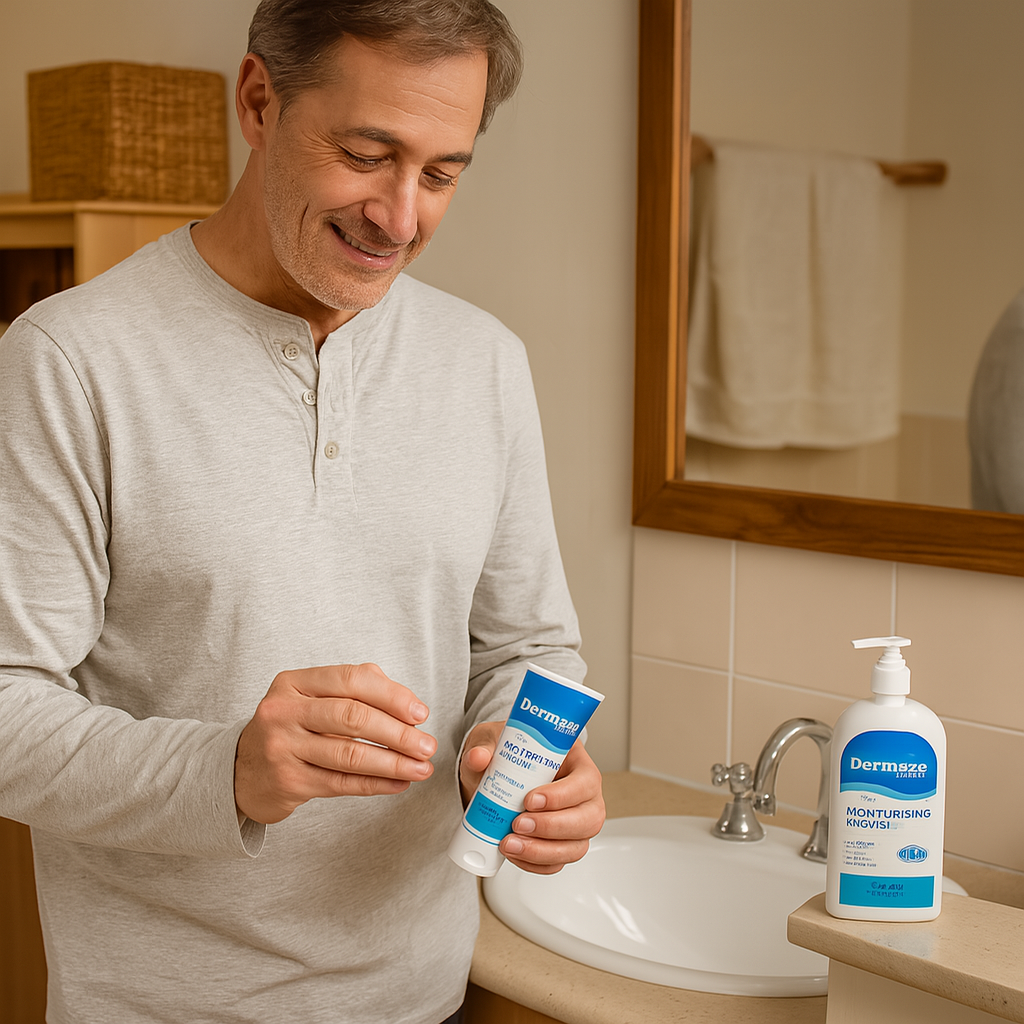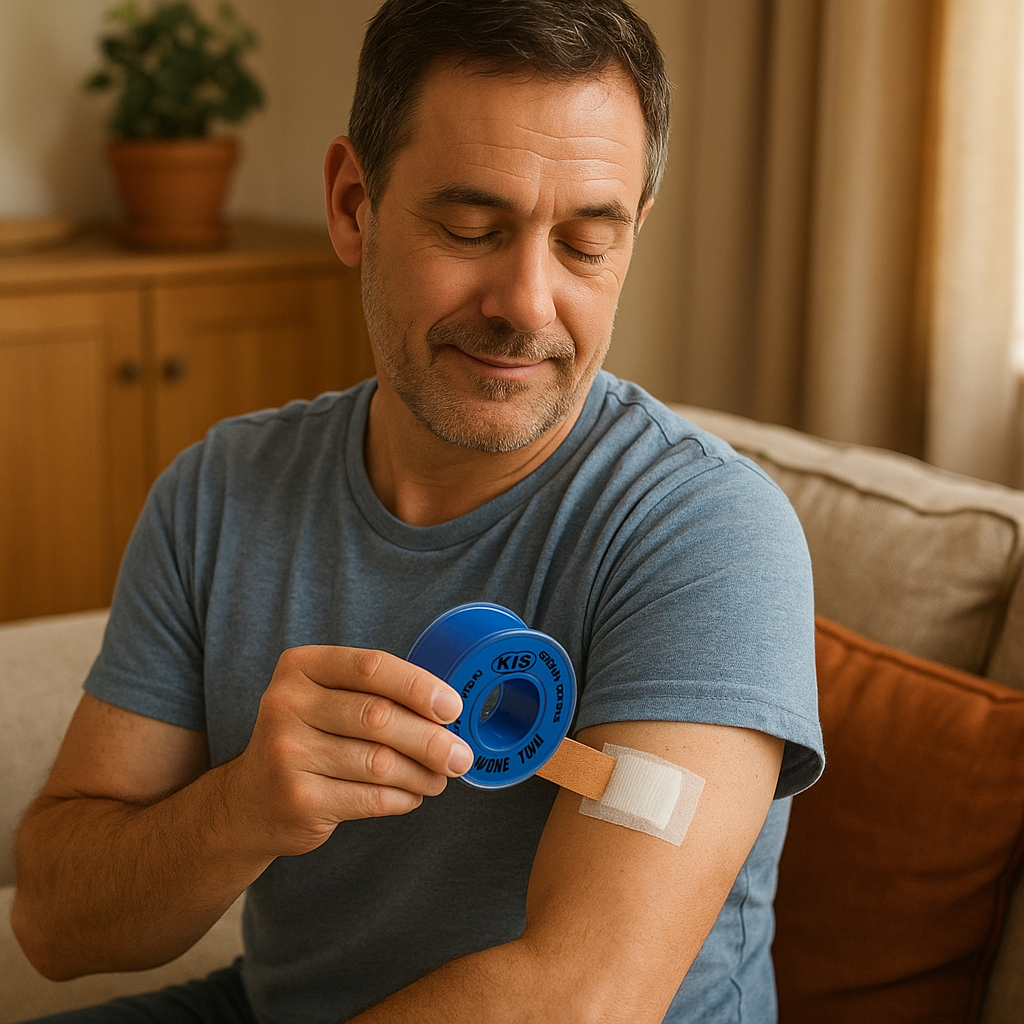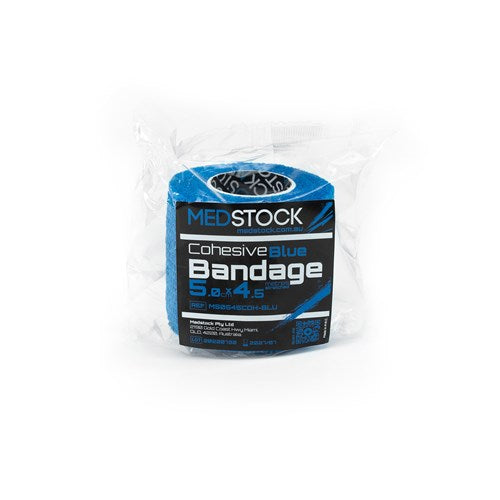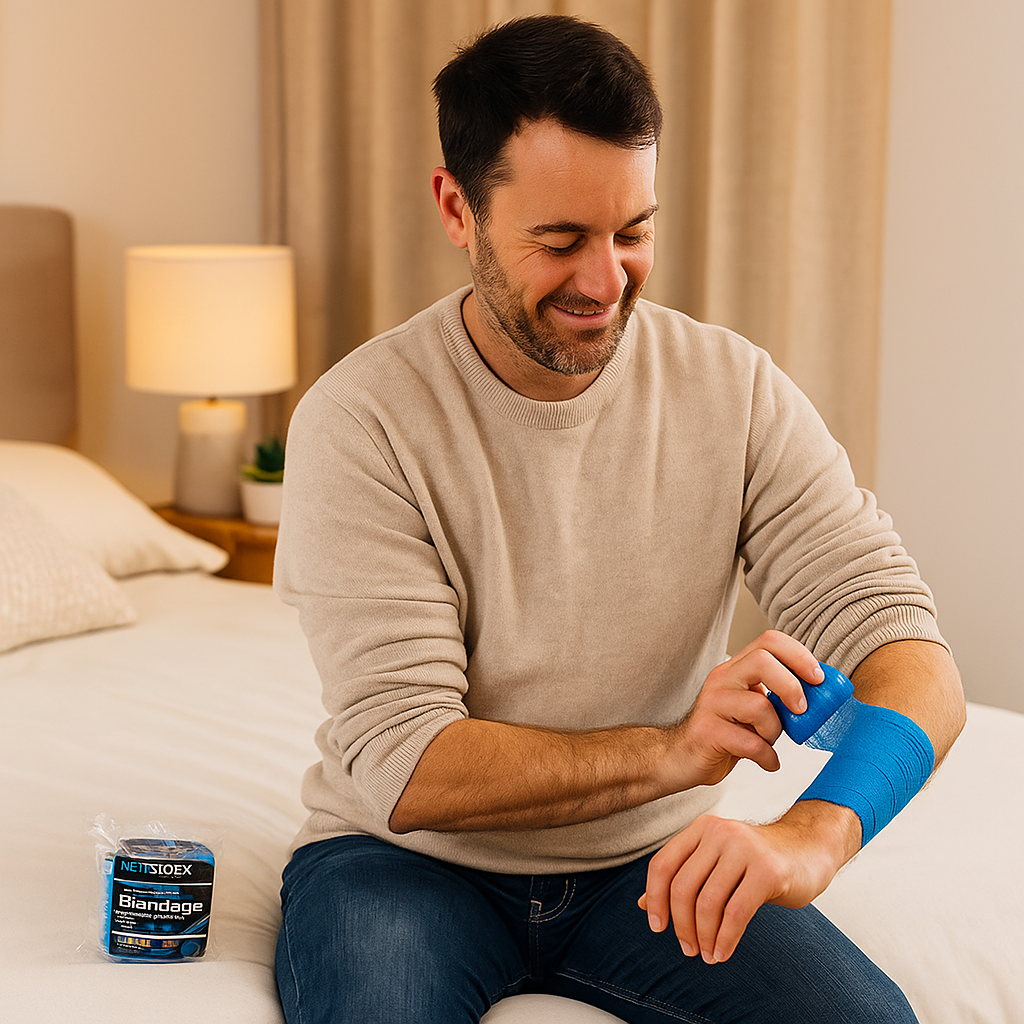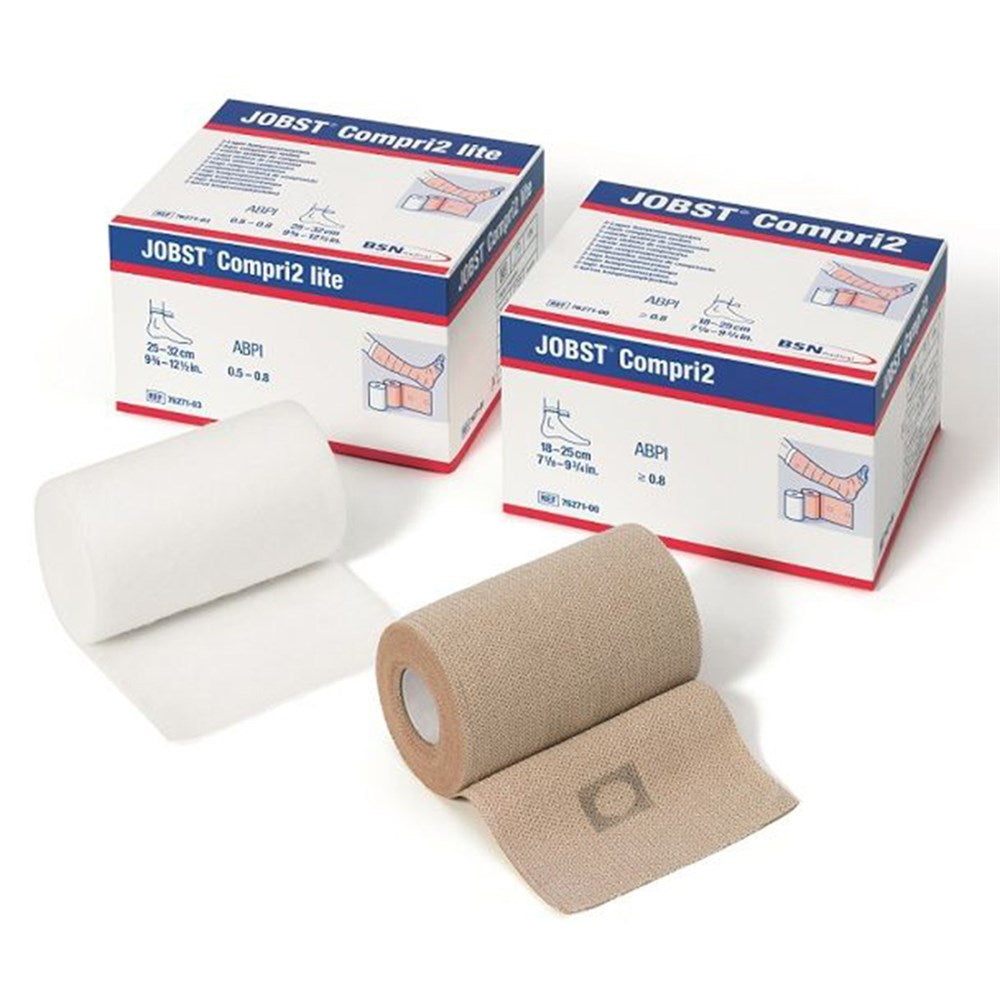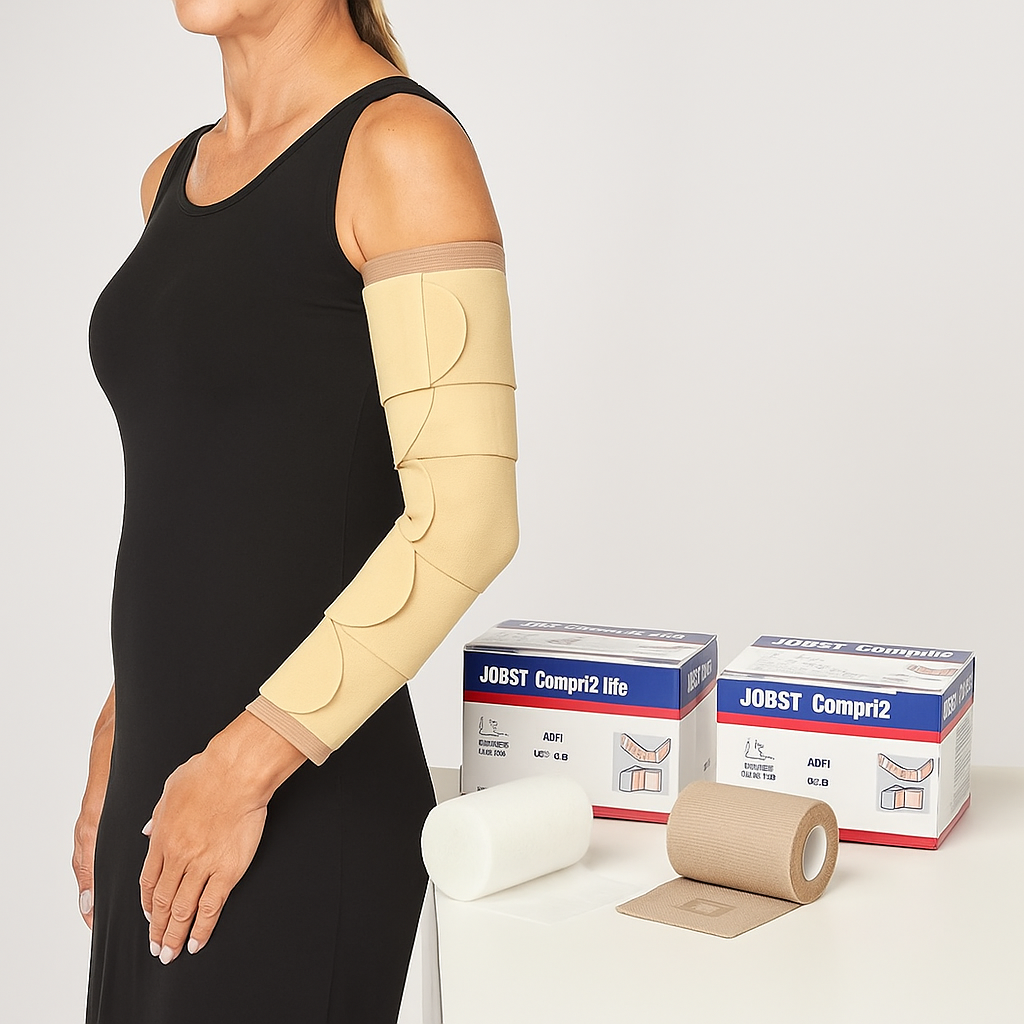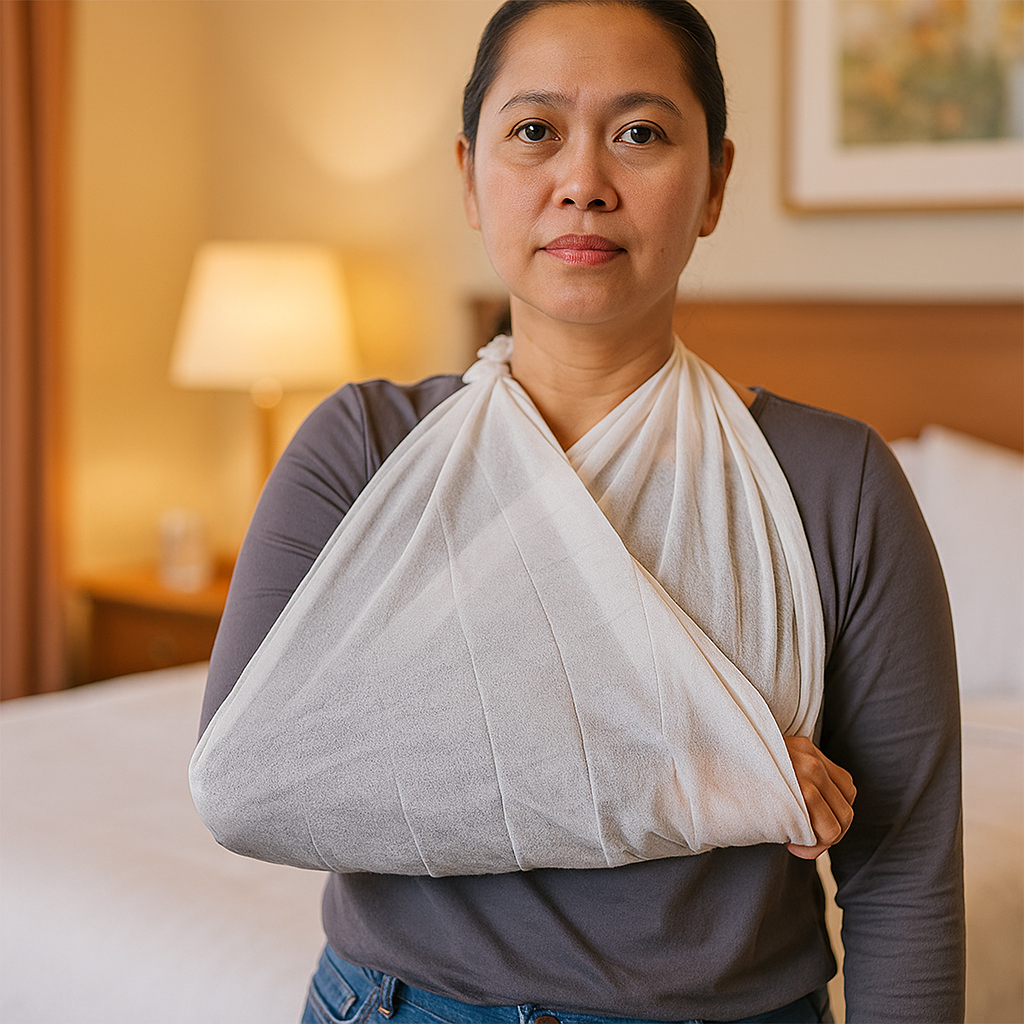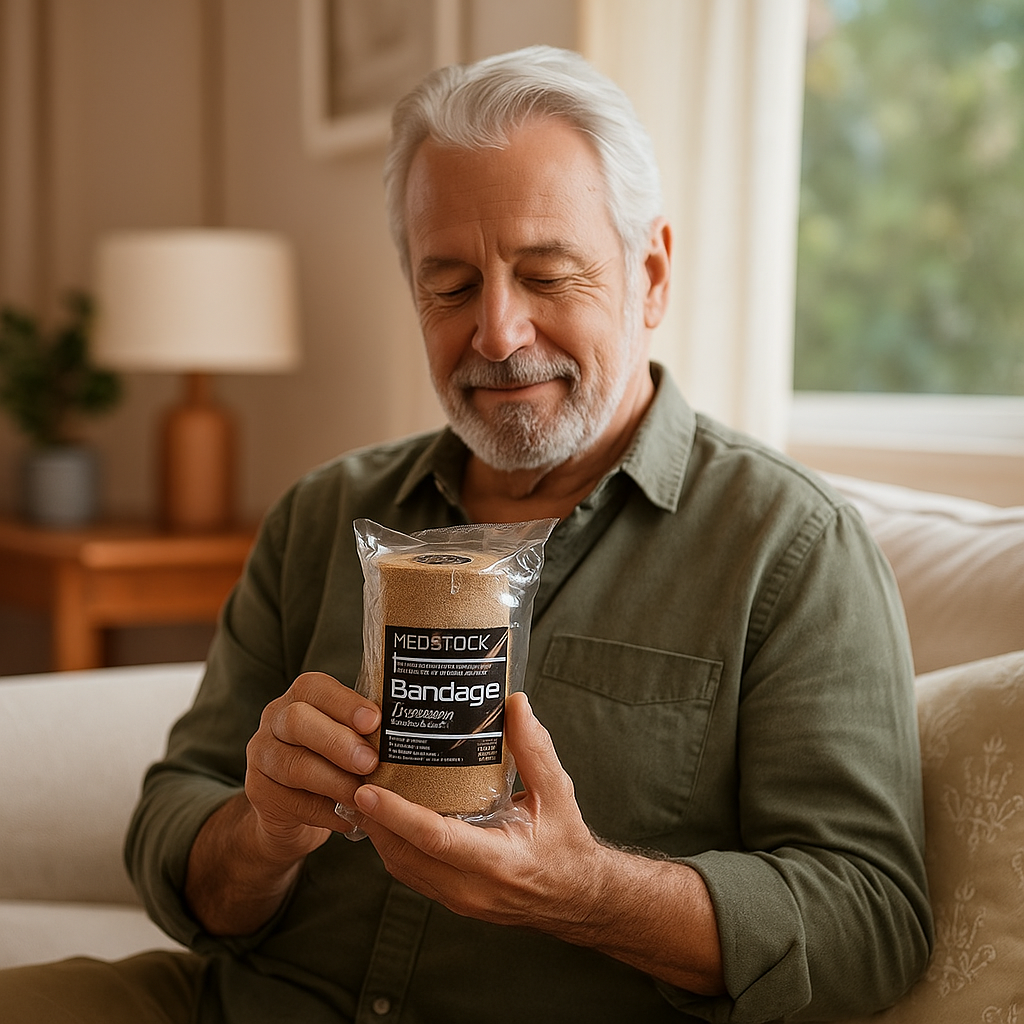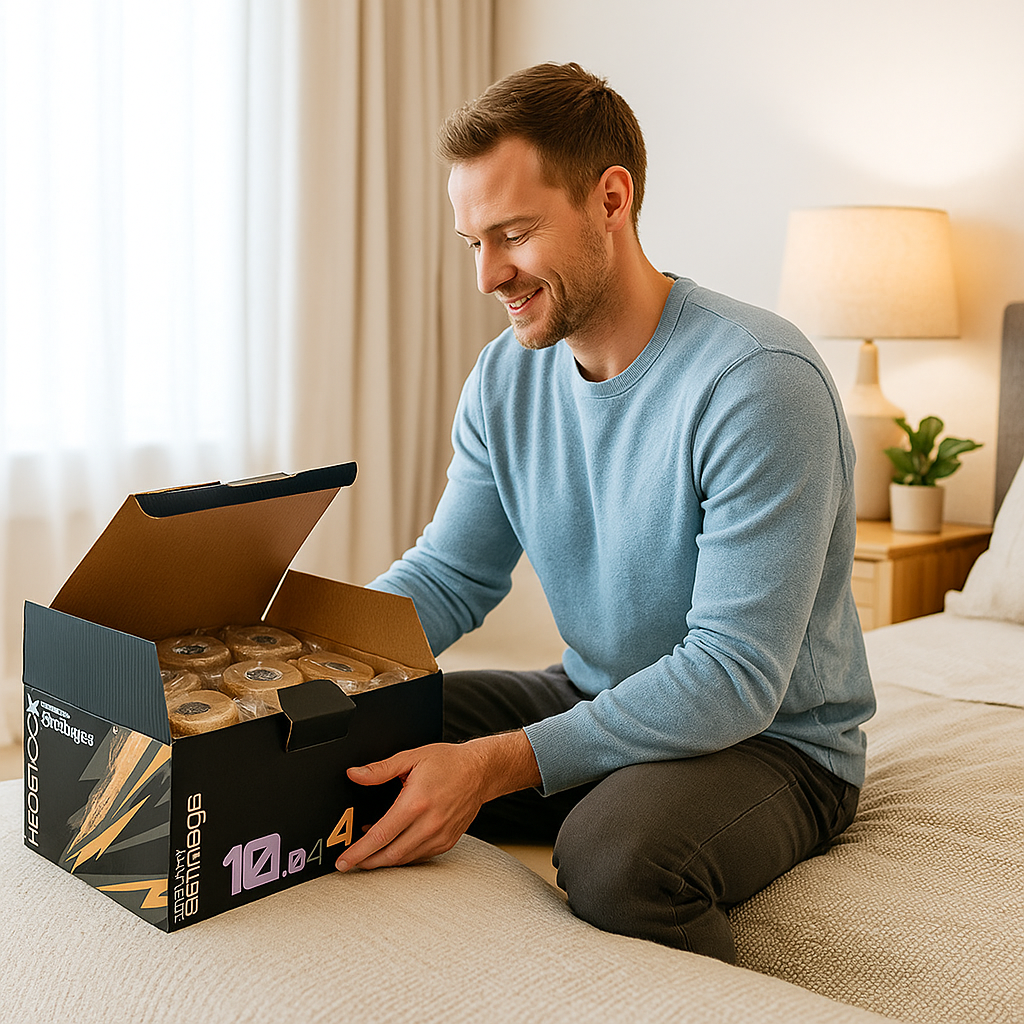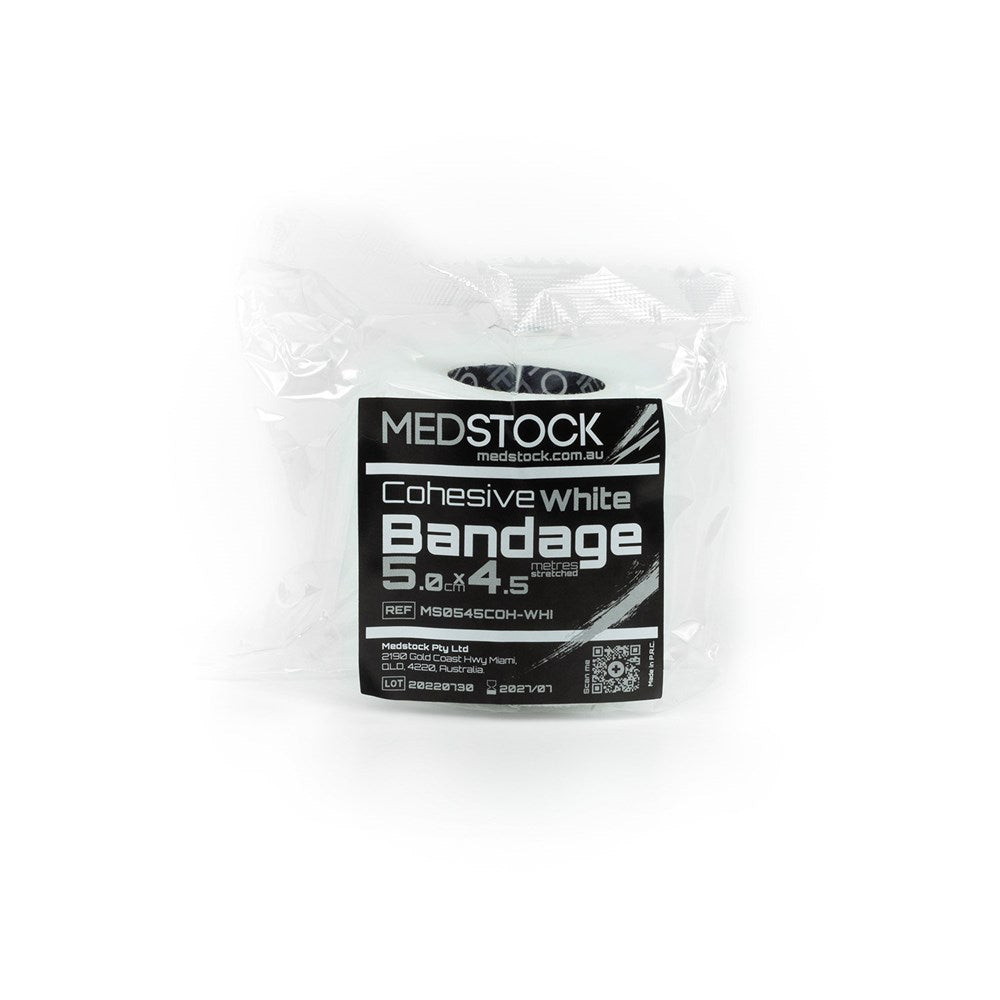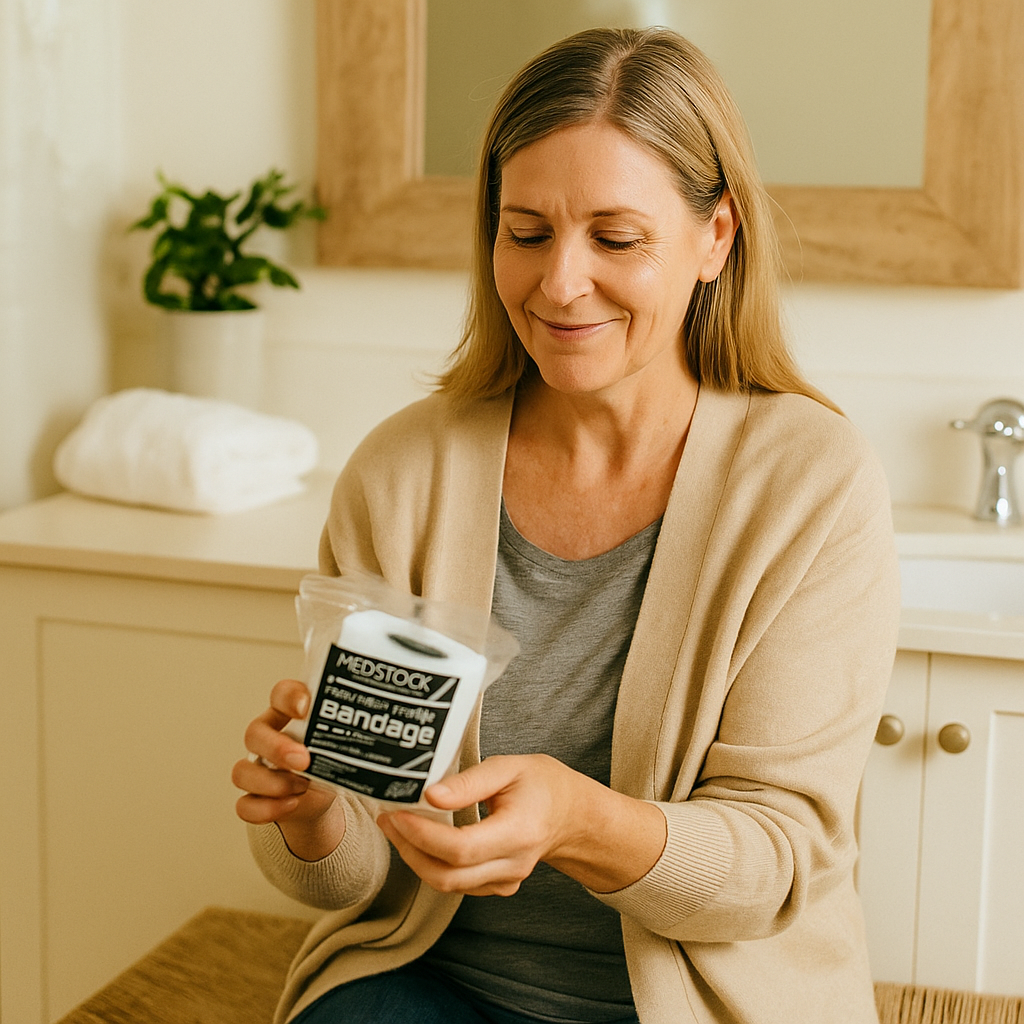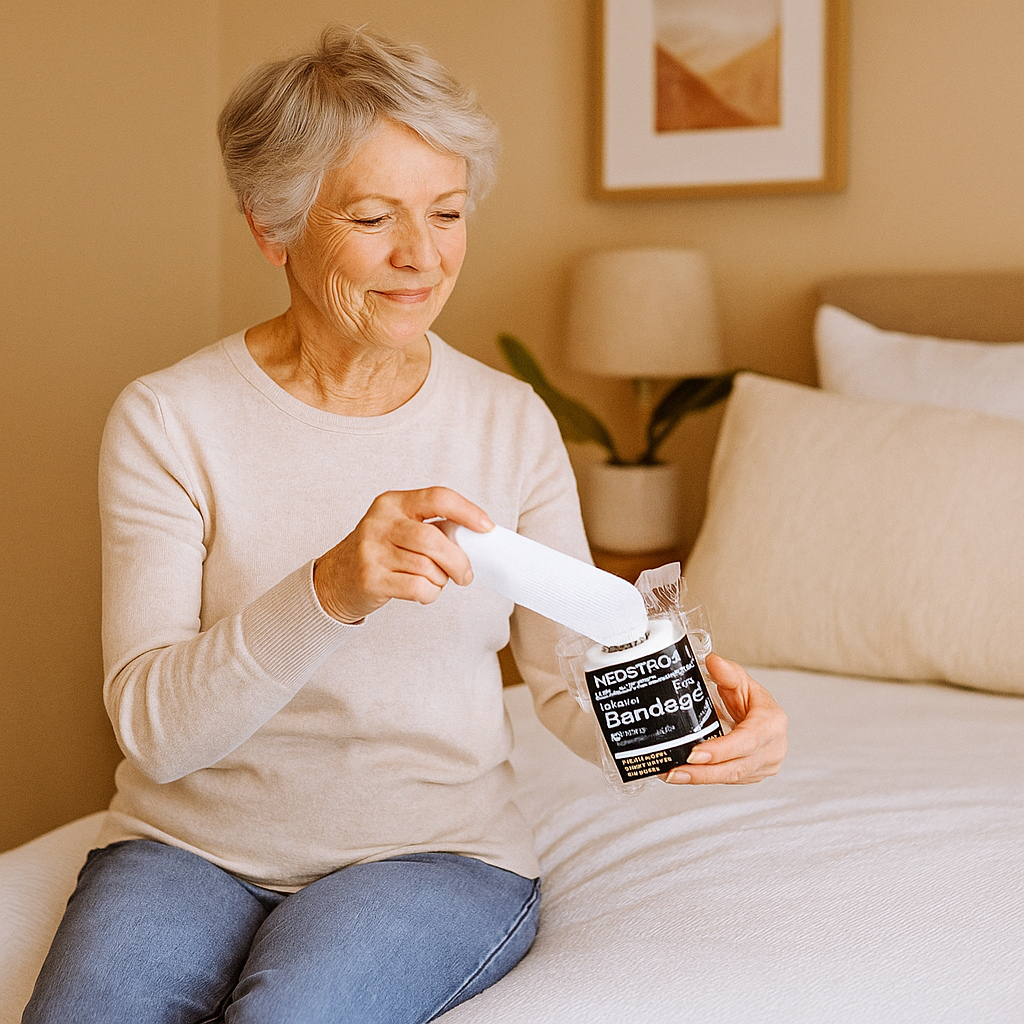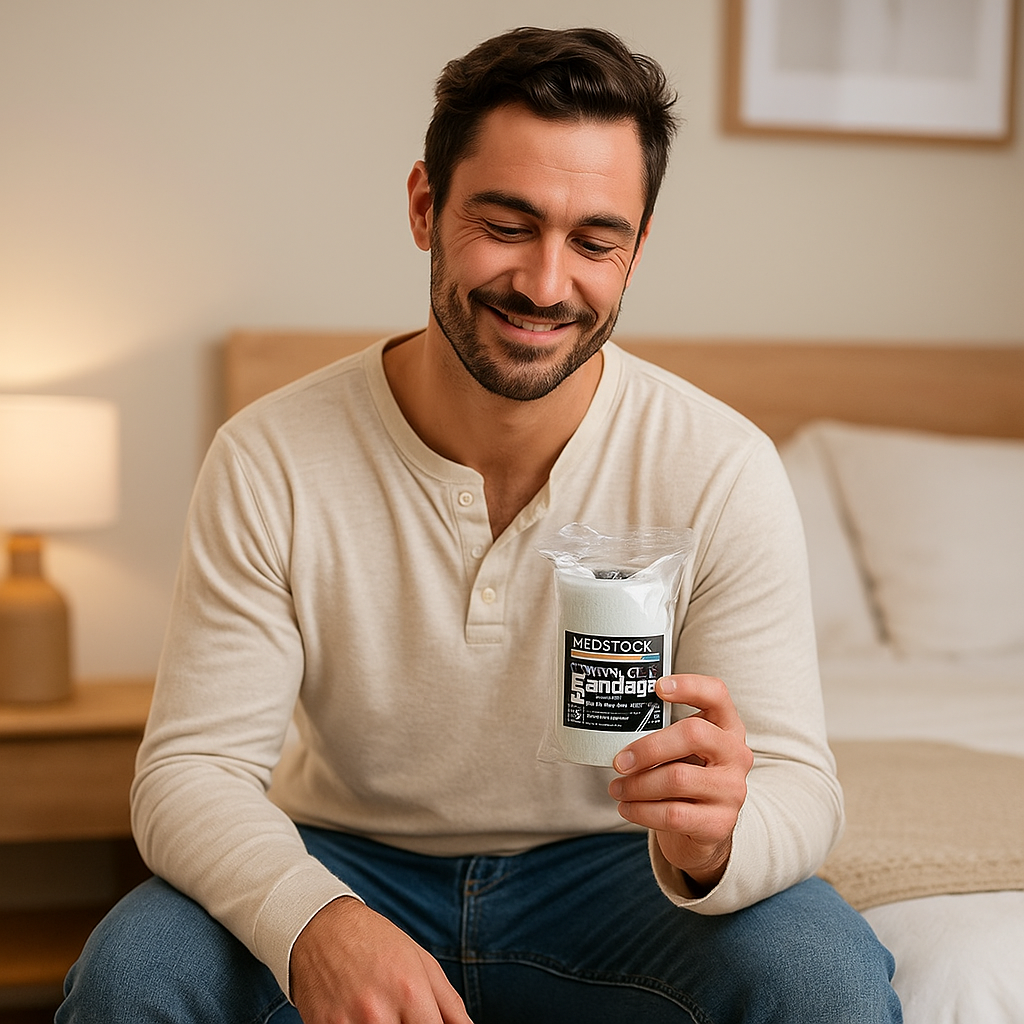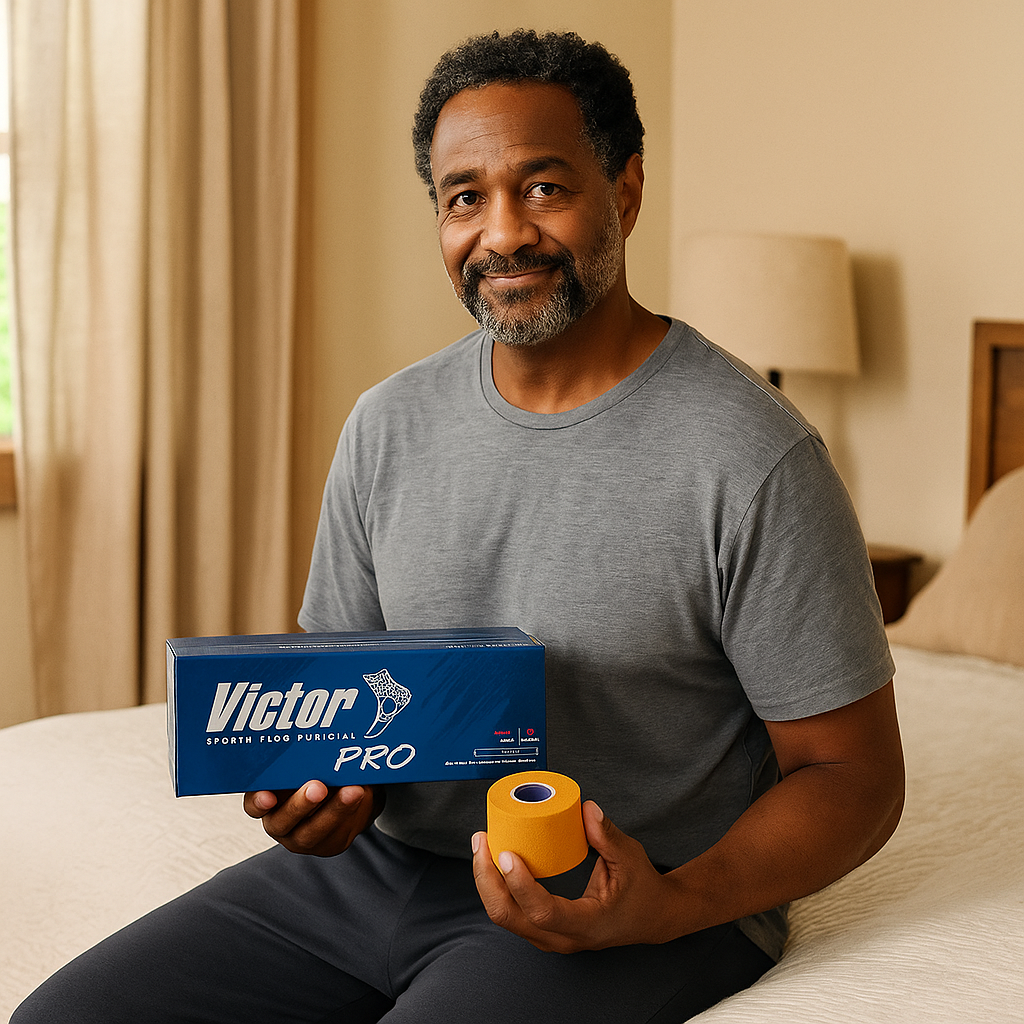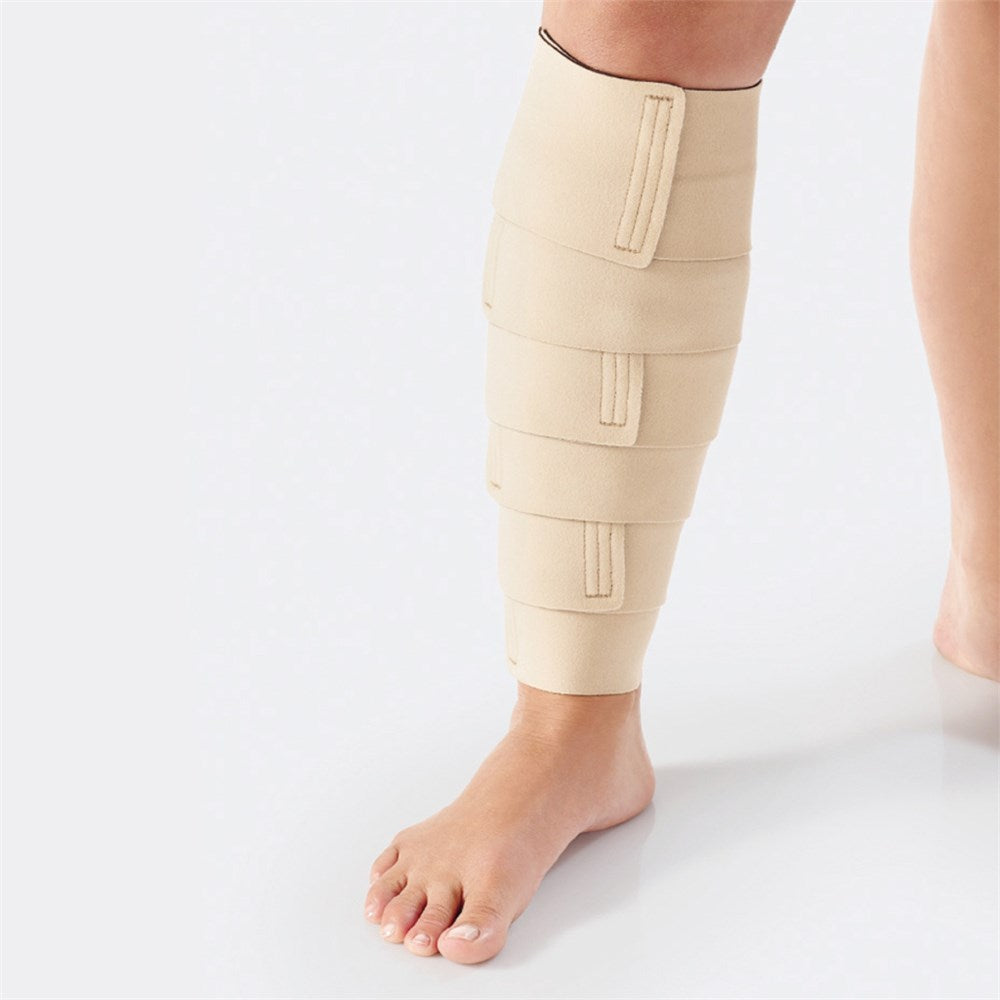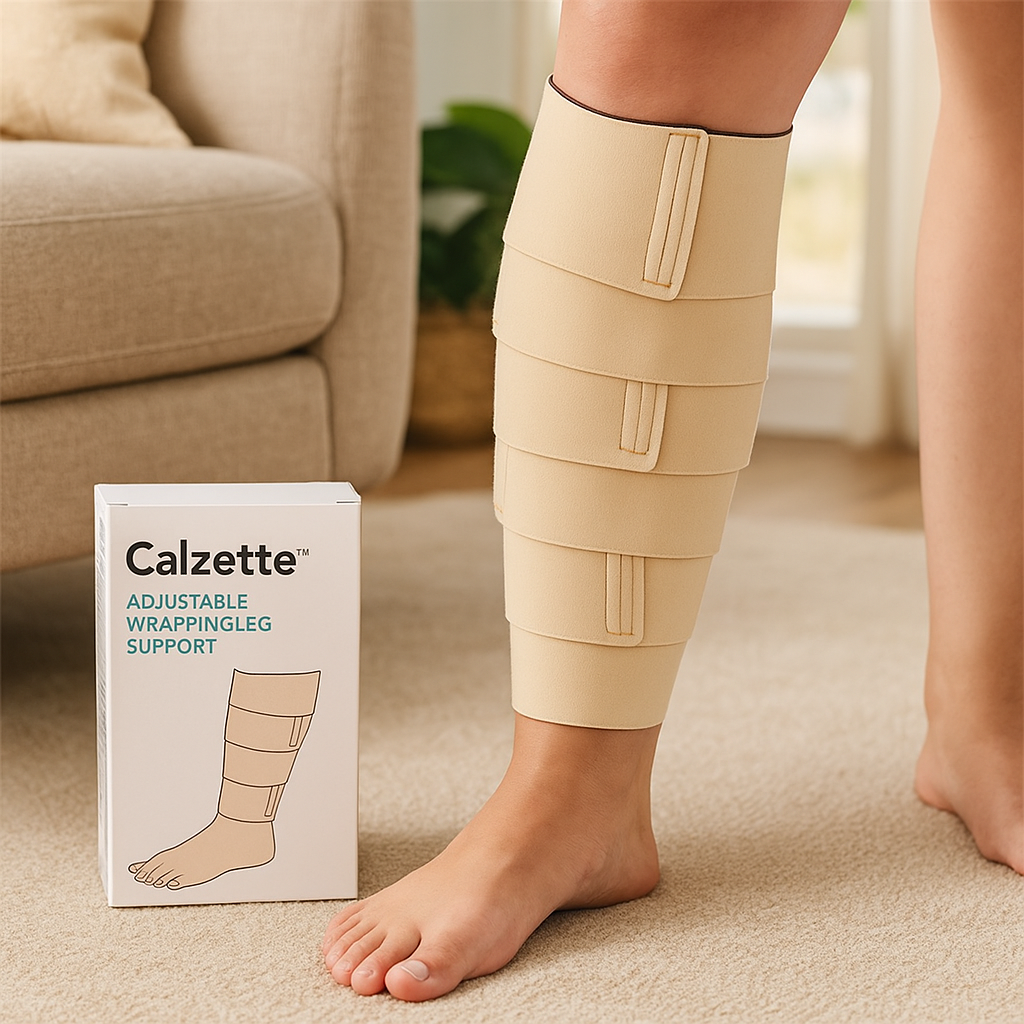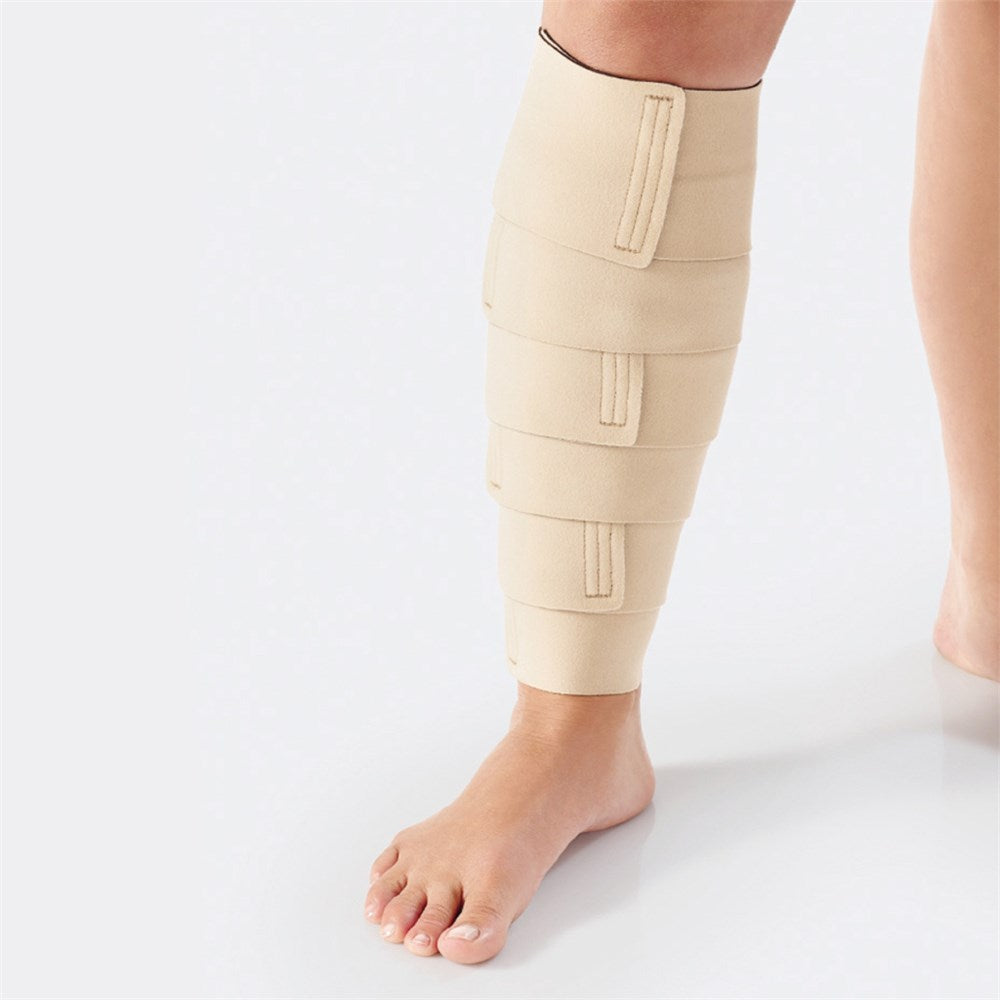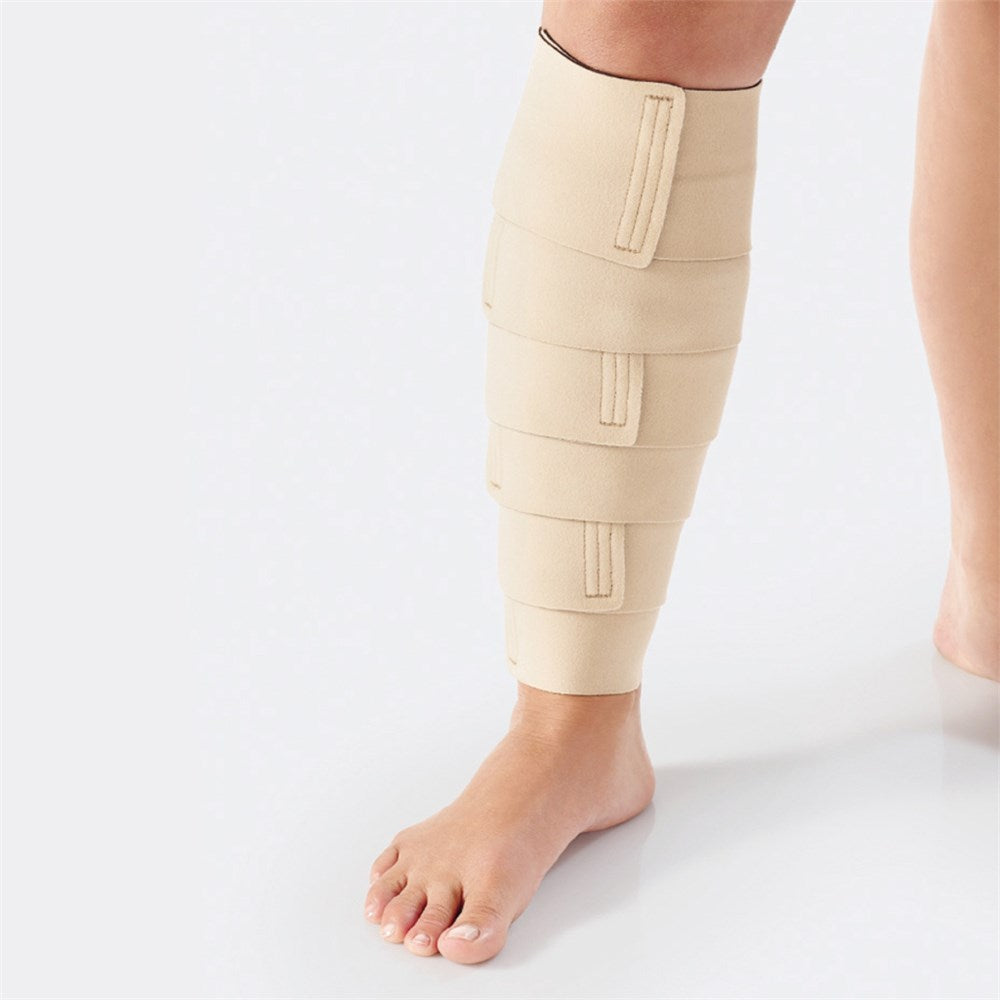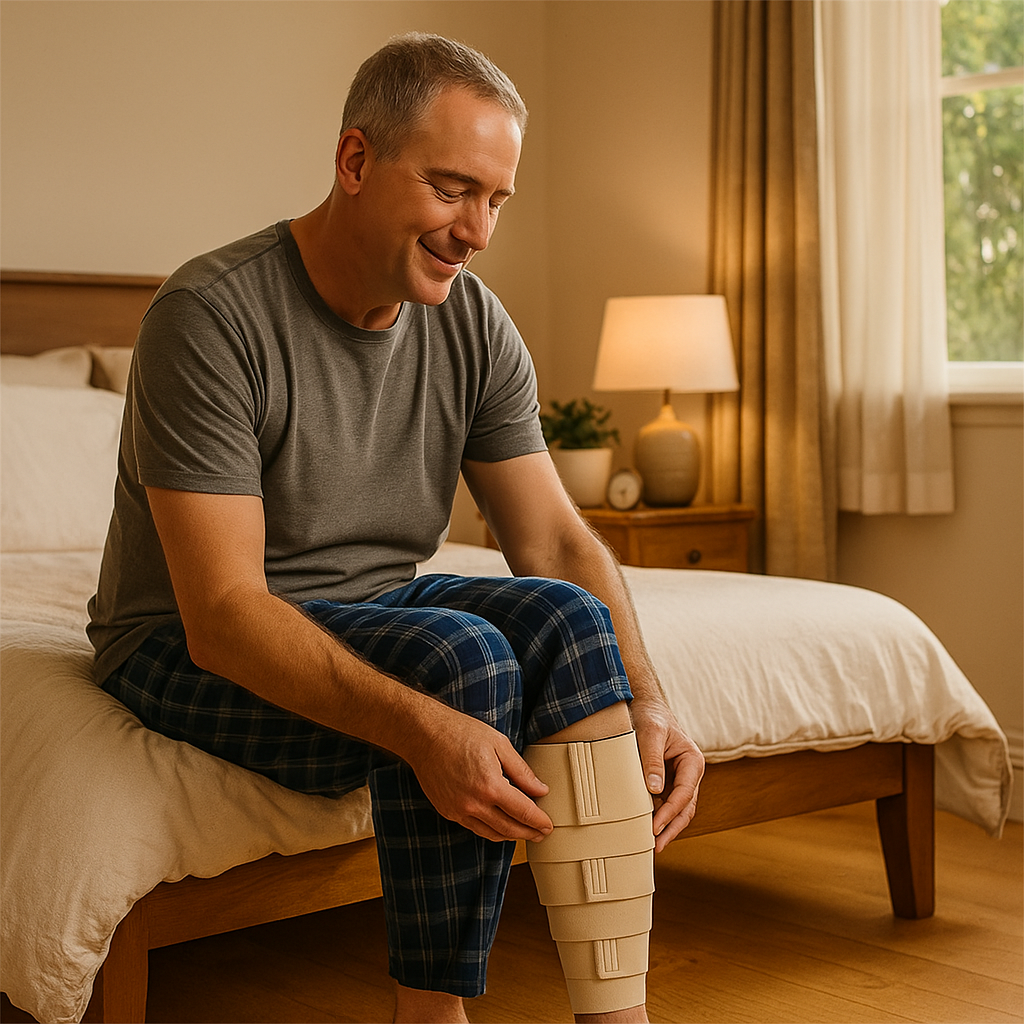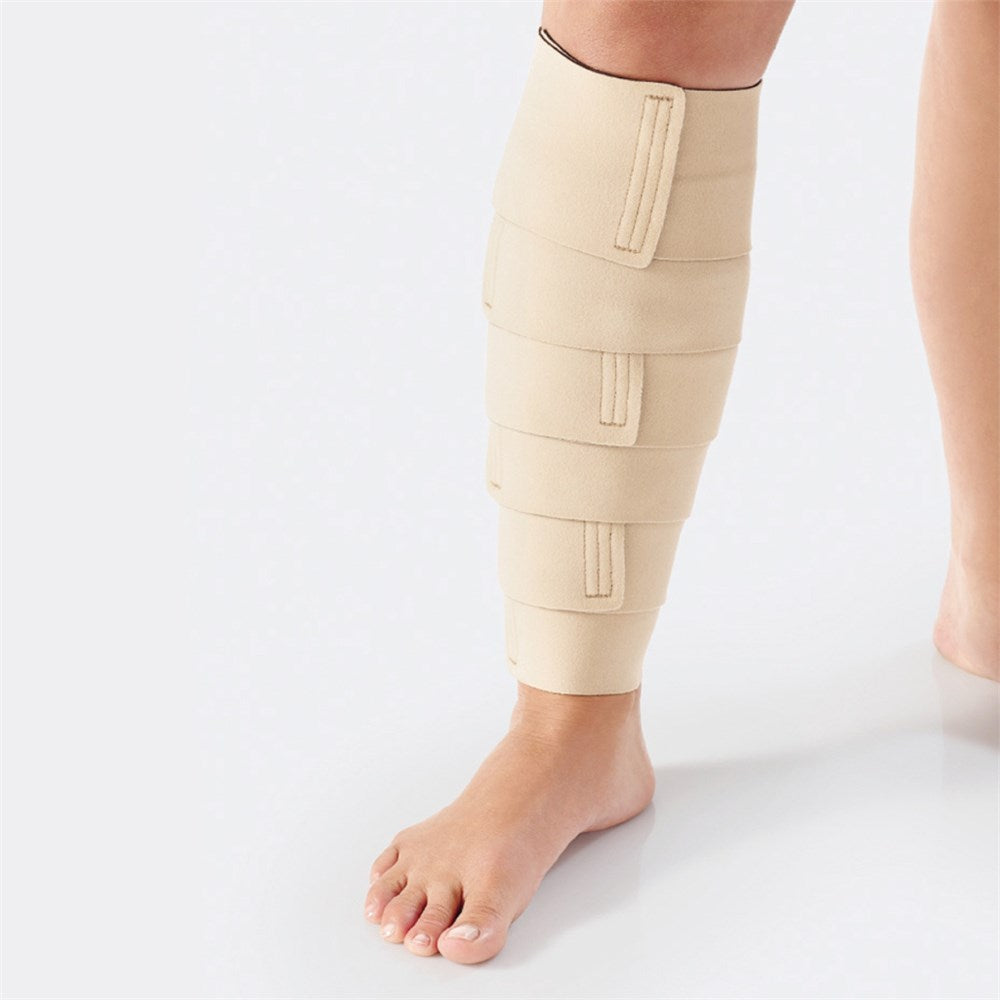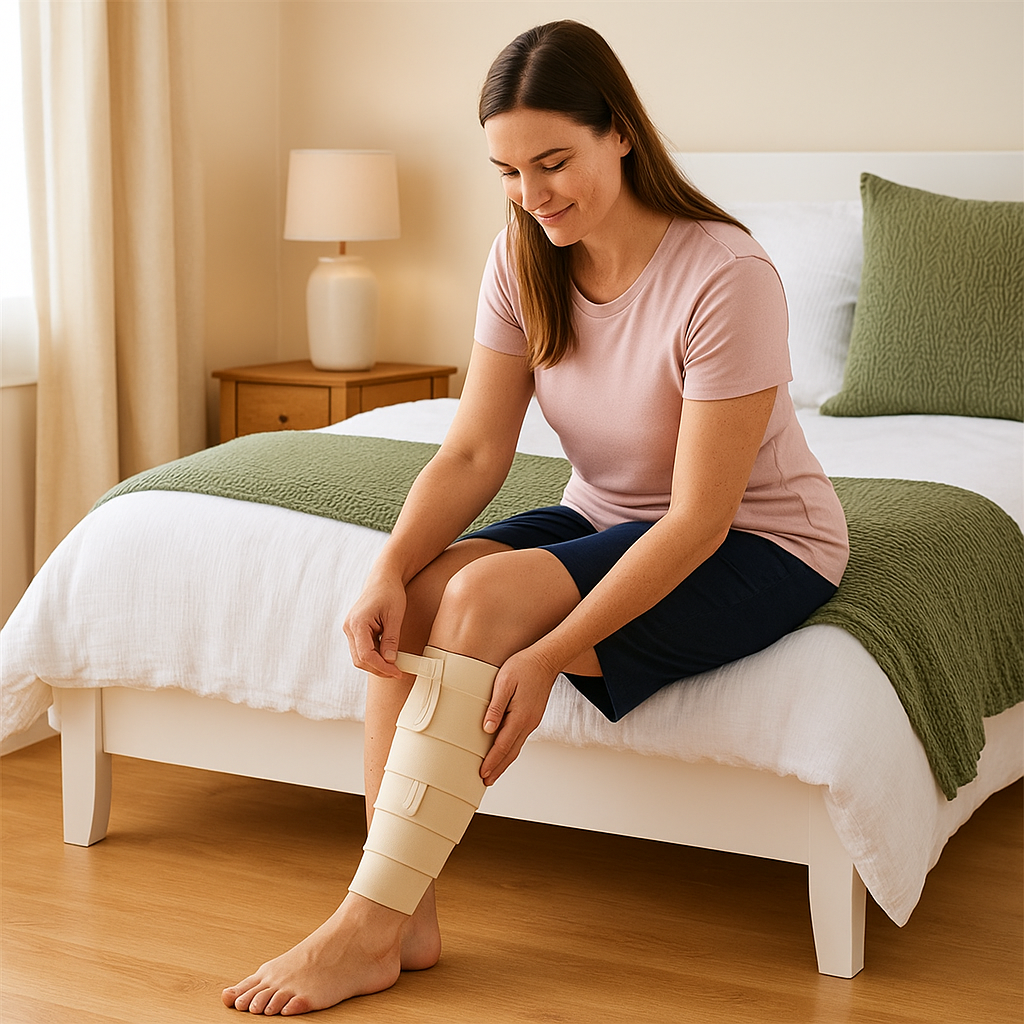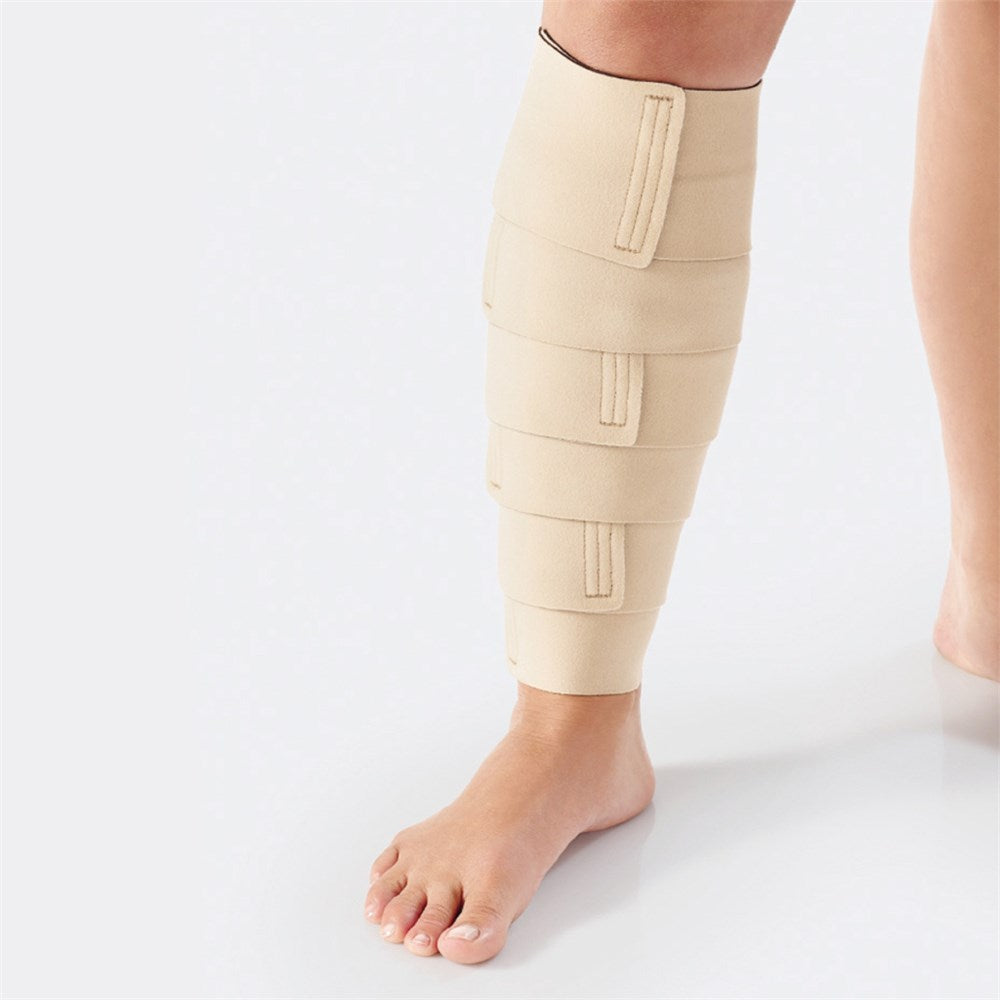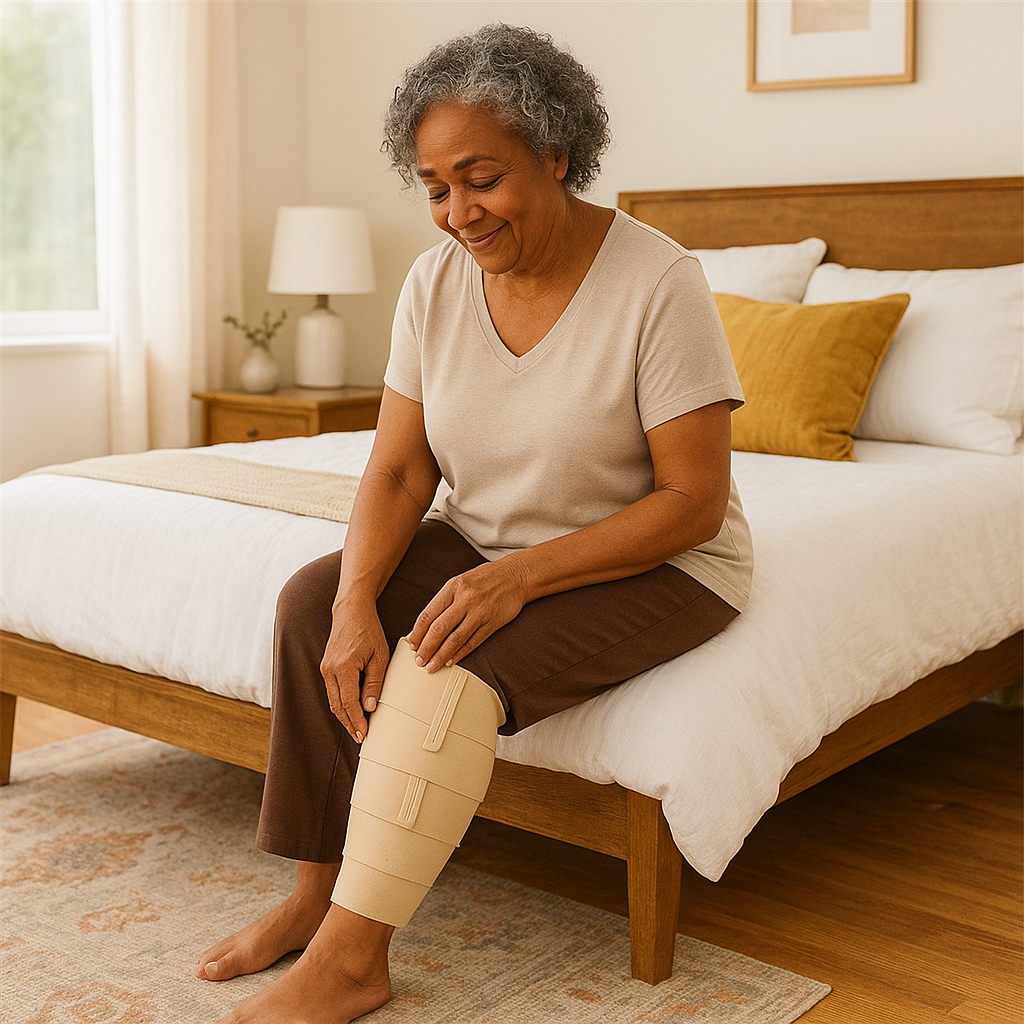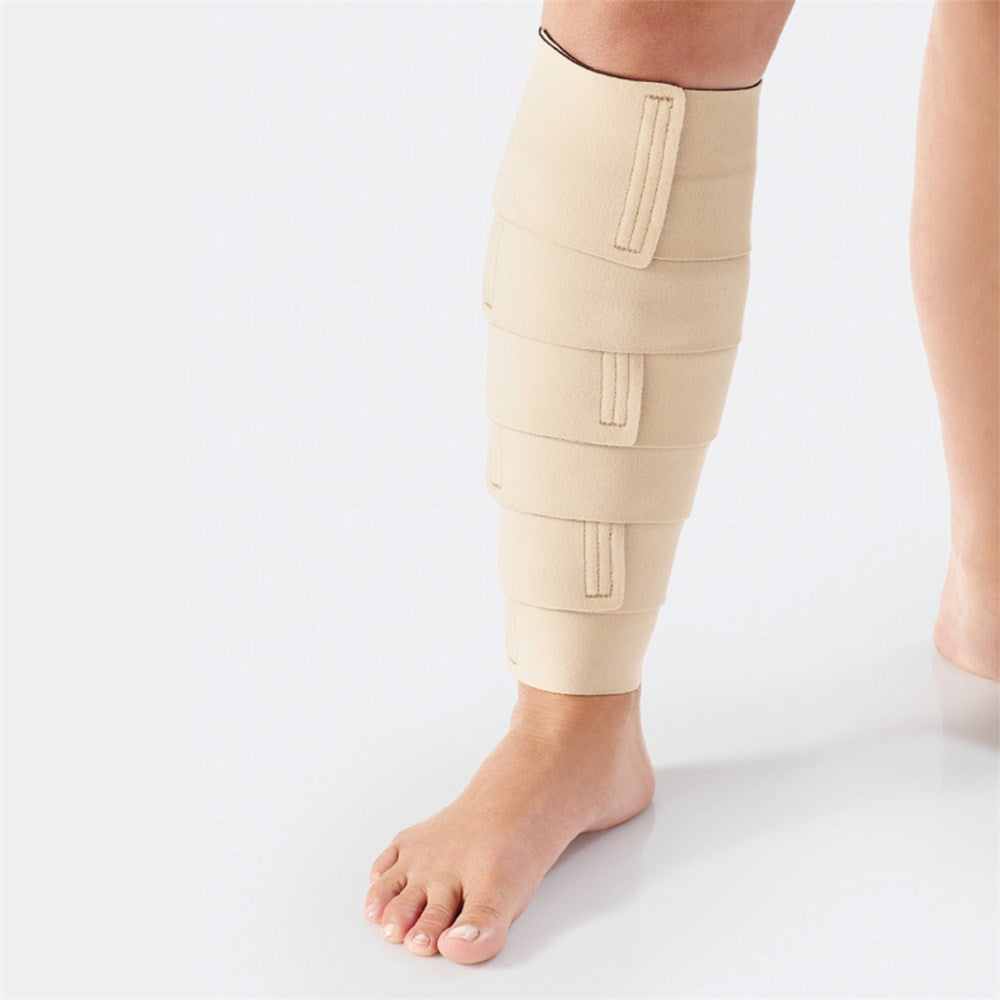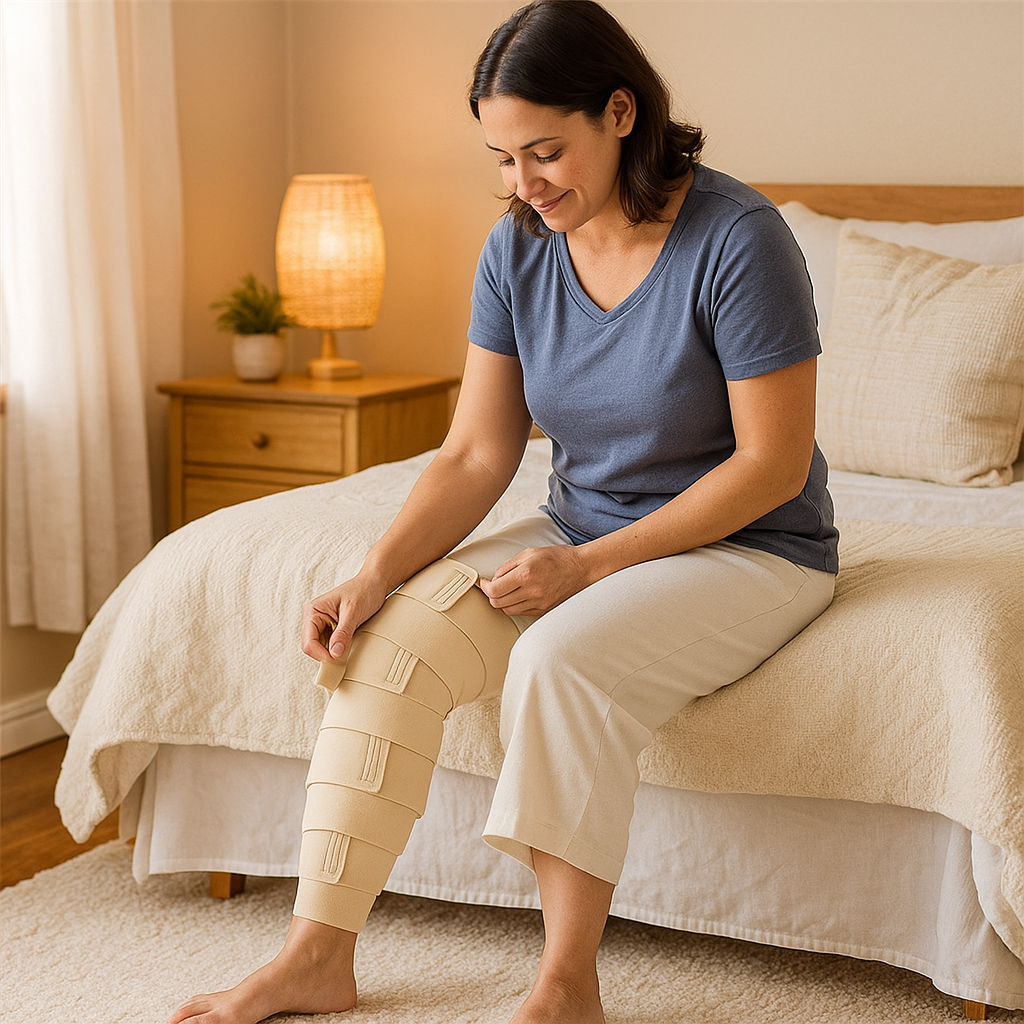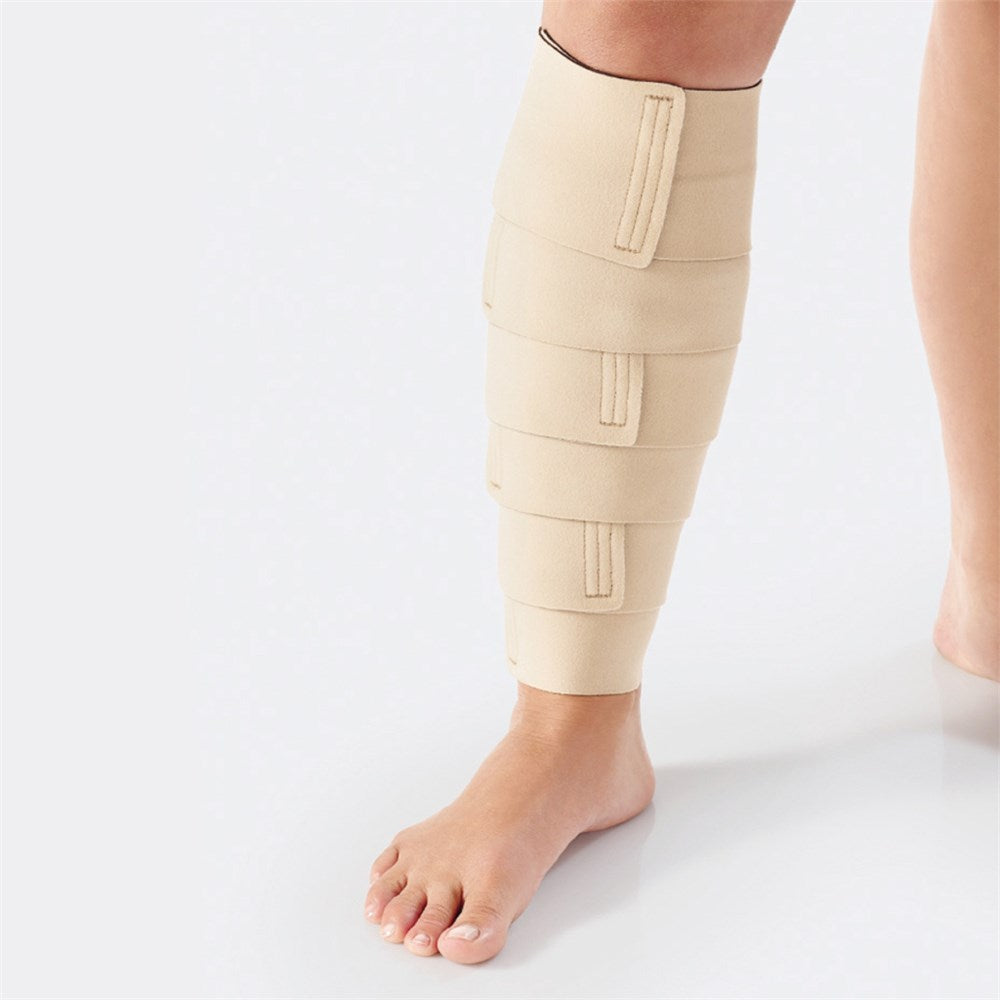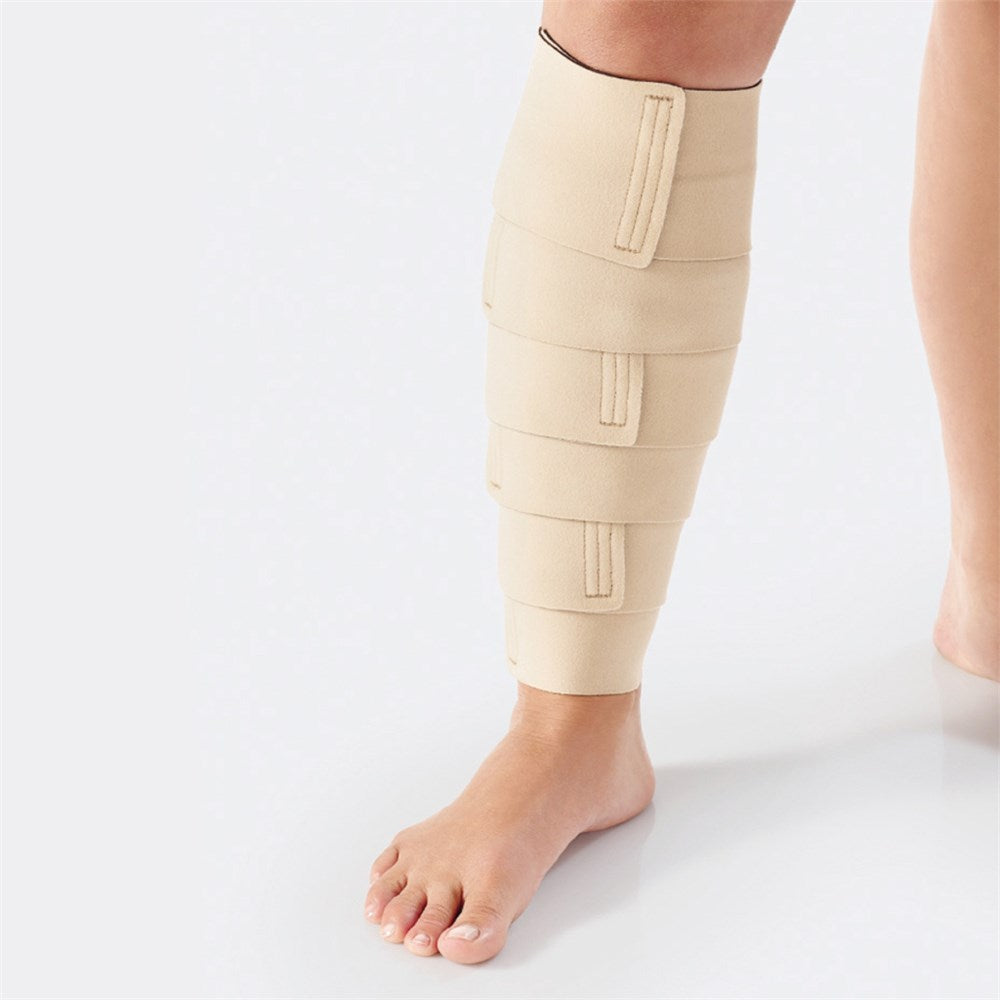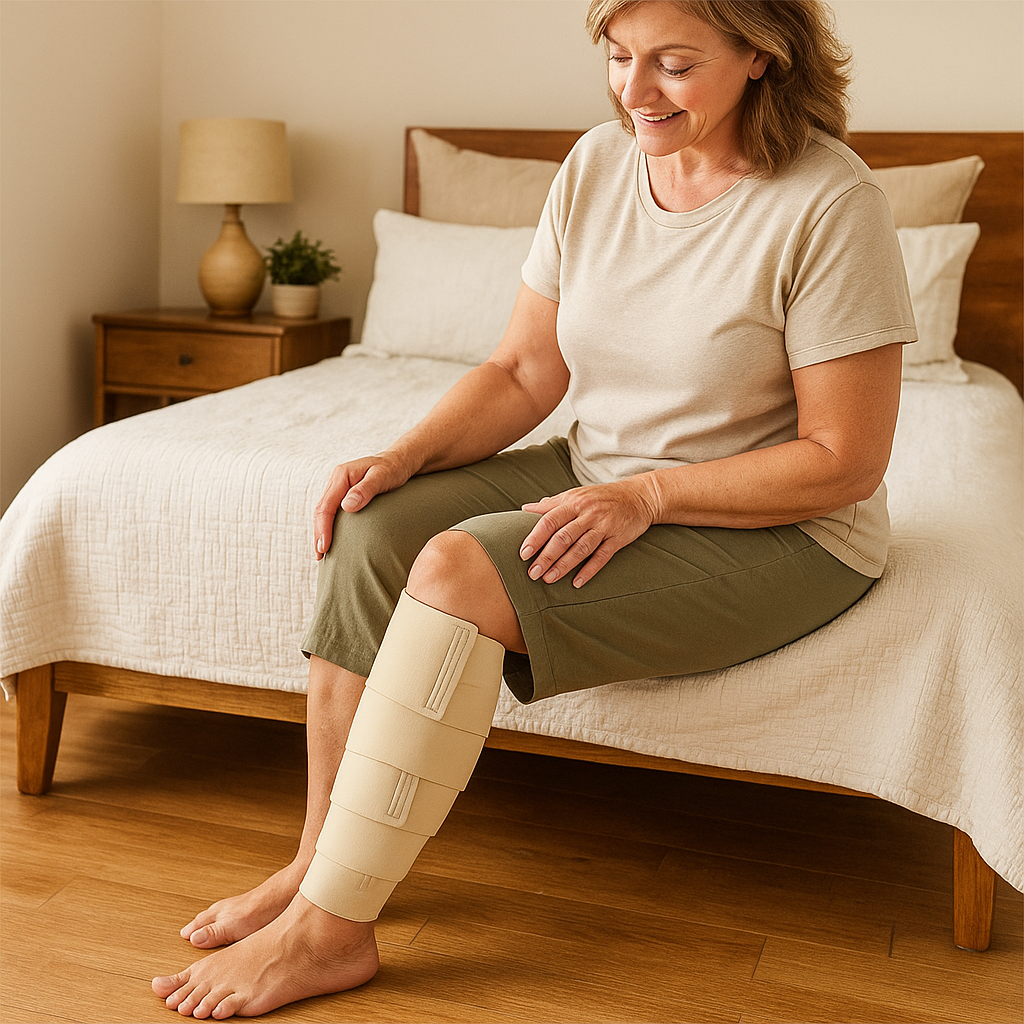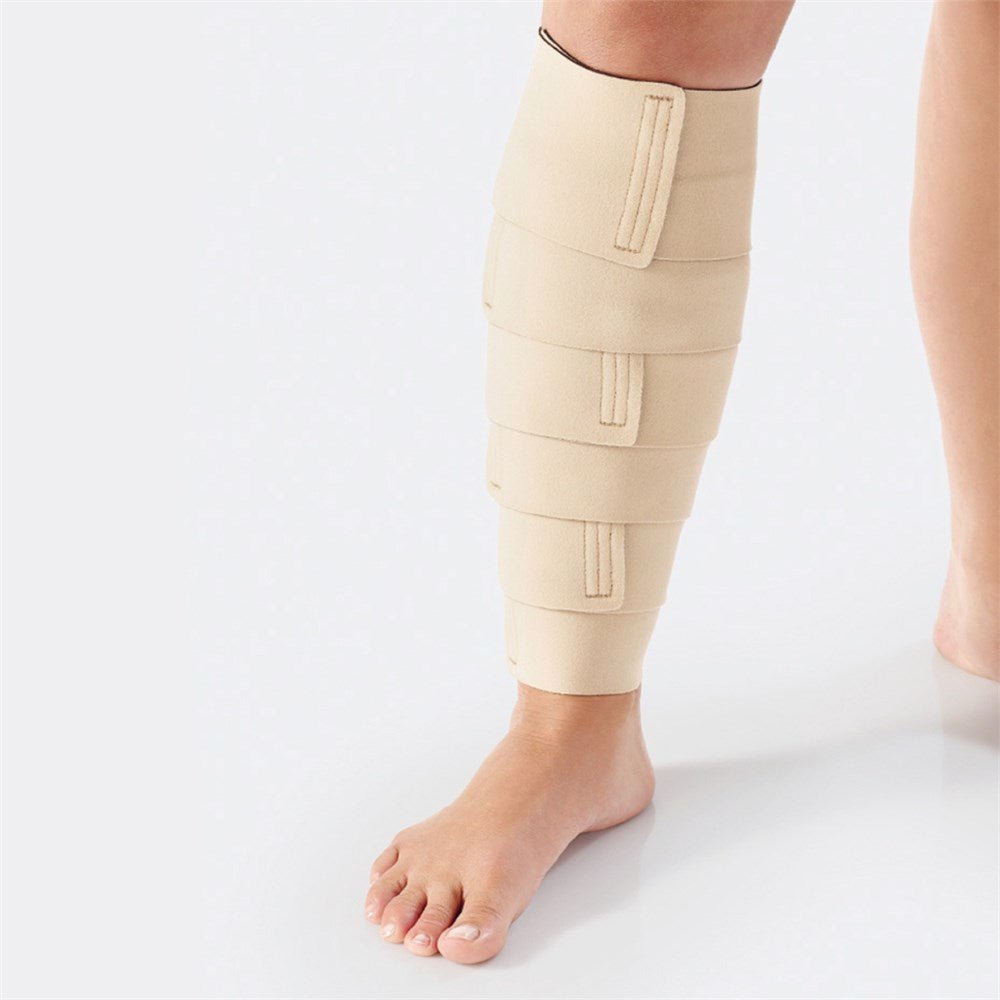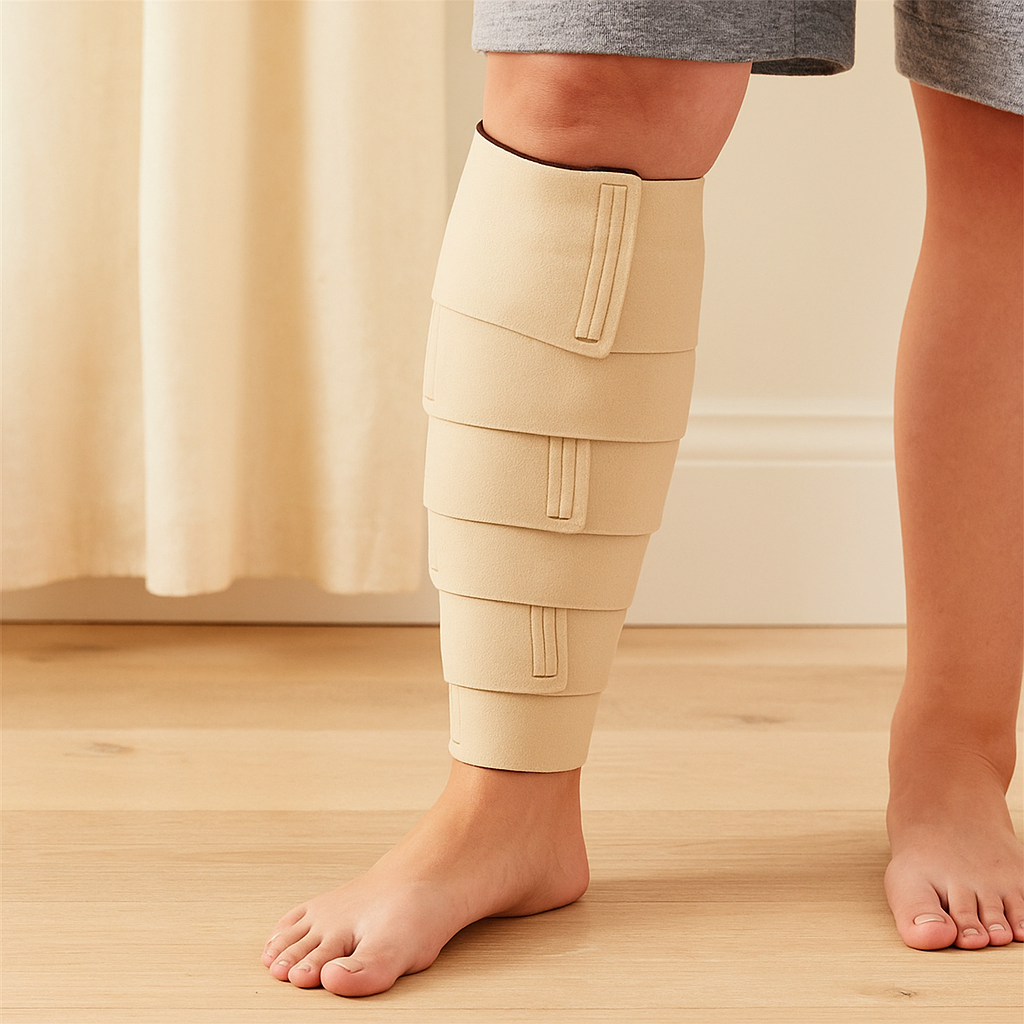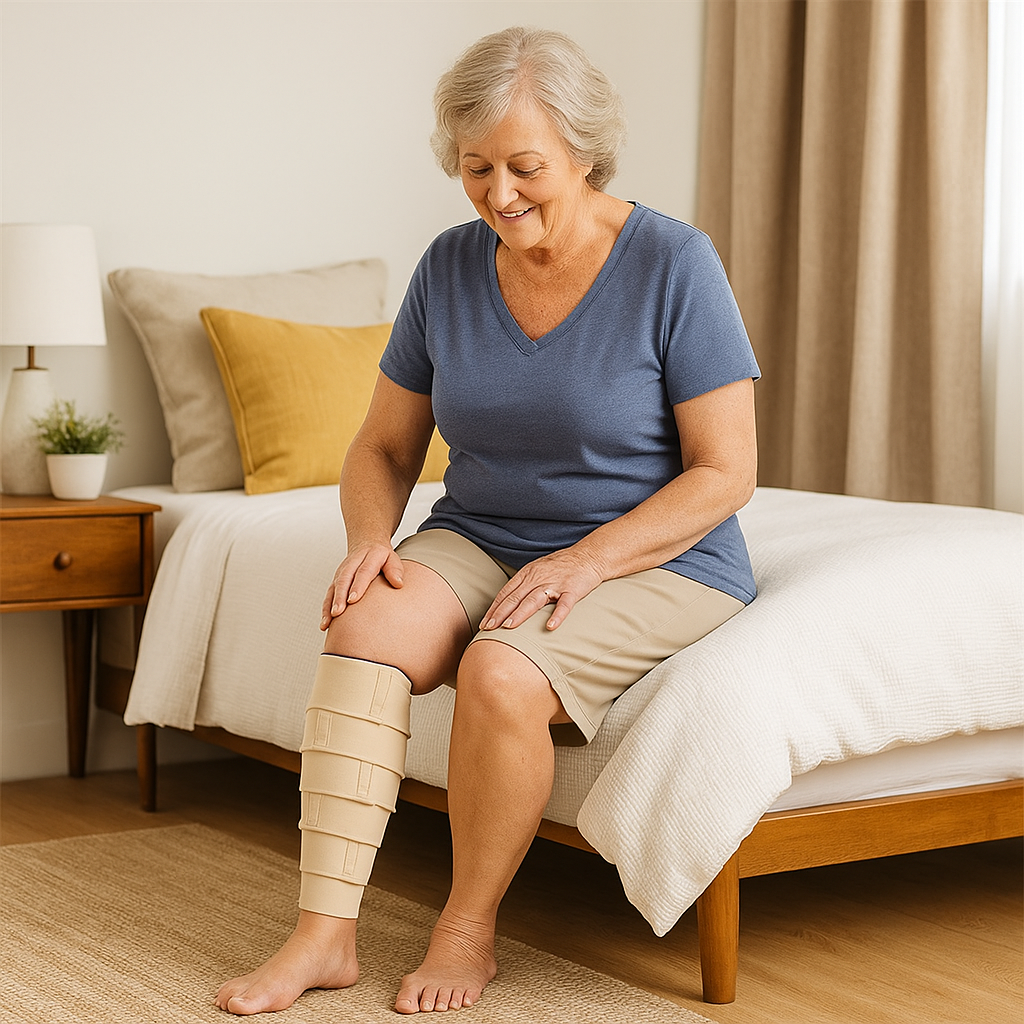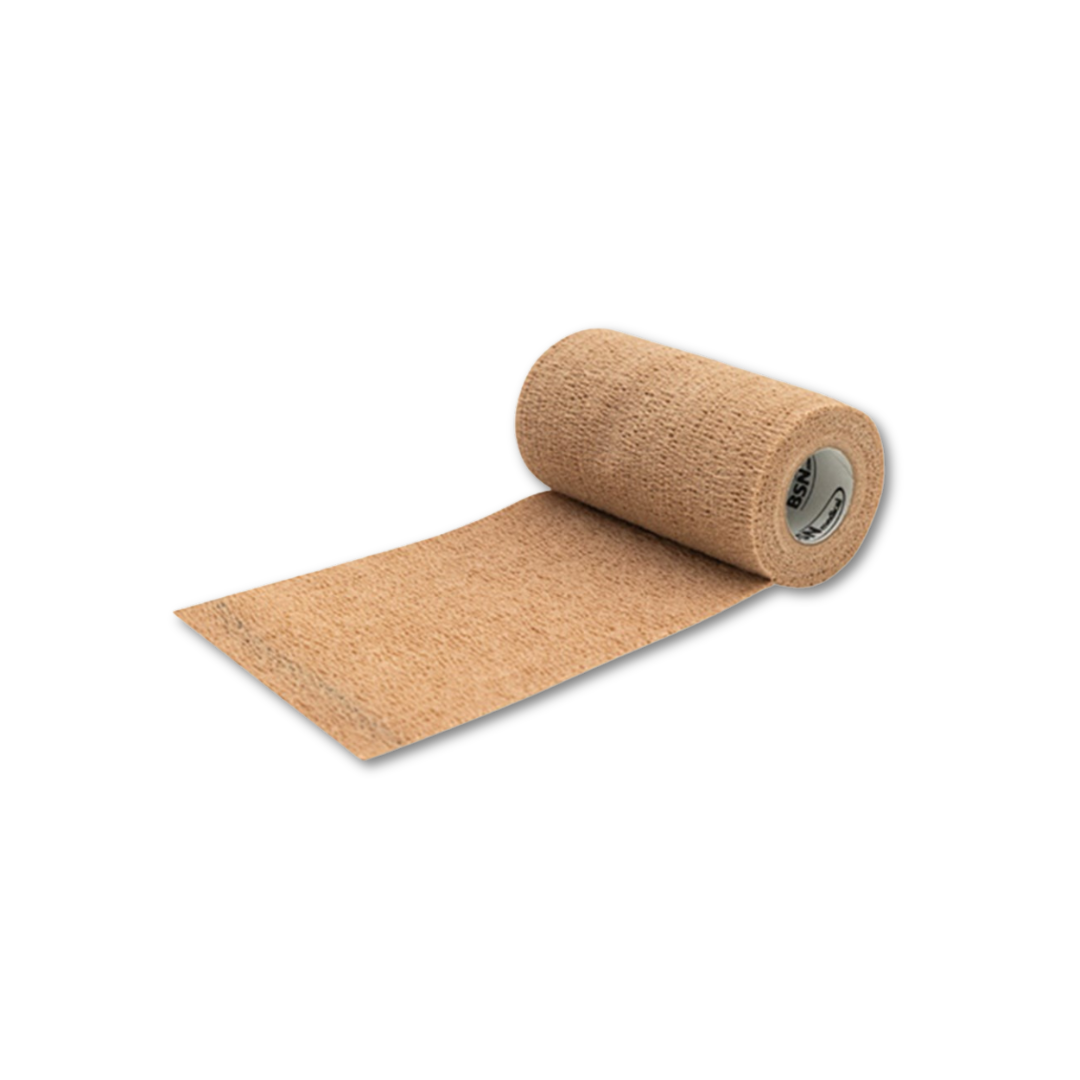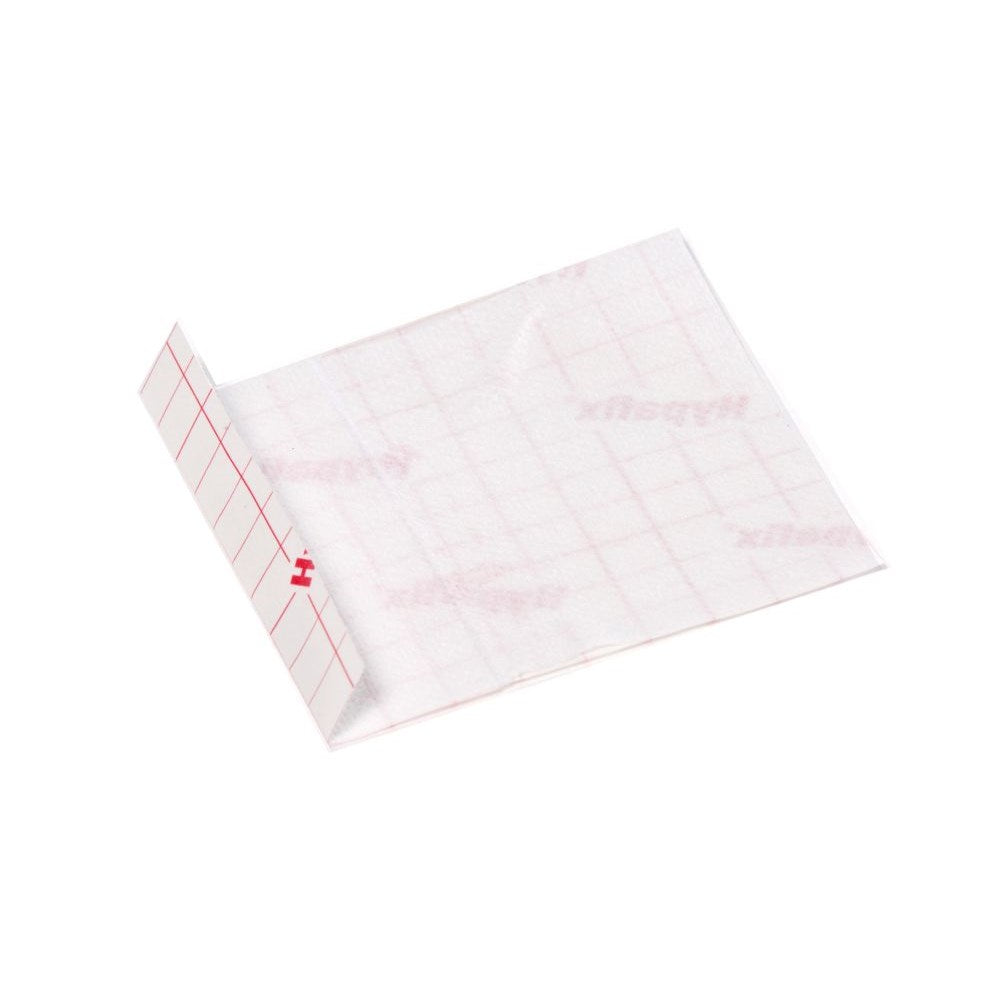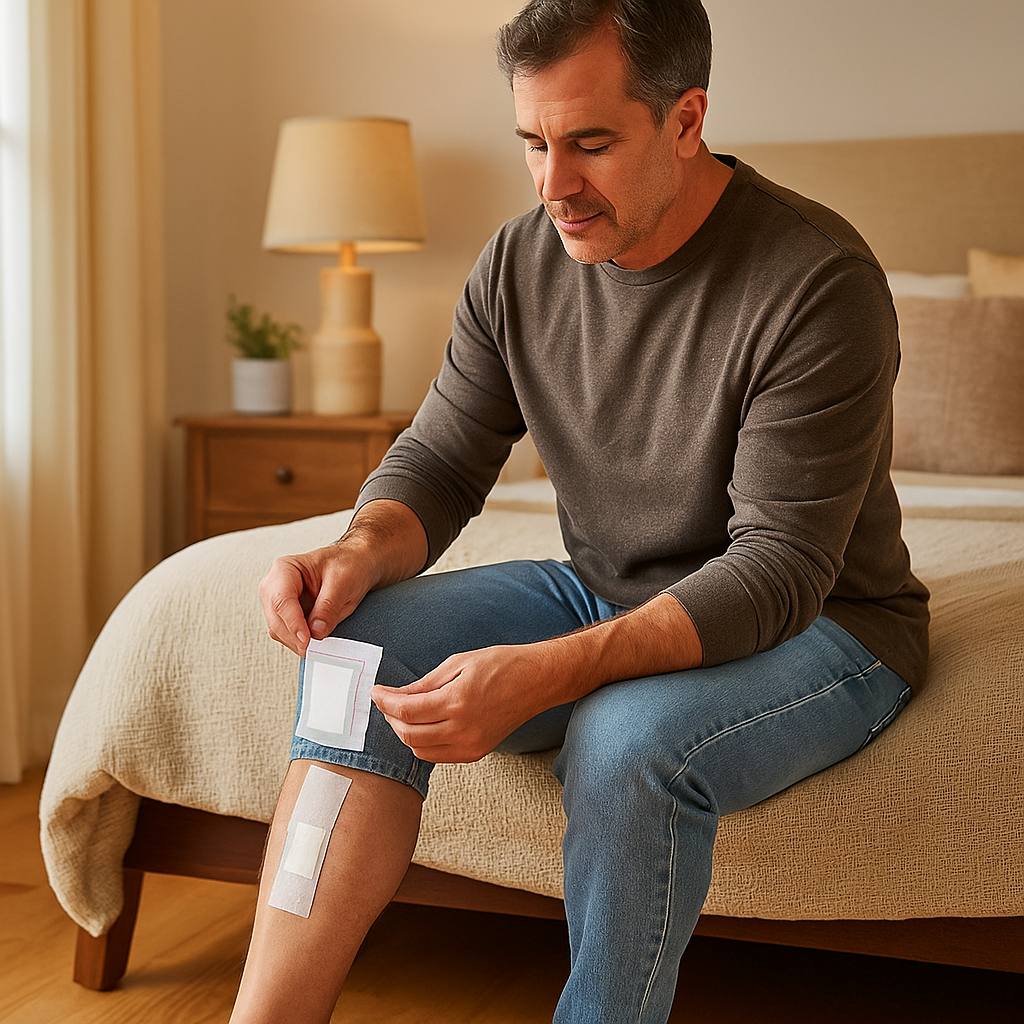Wound Care & First Aid Essentials
A complete guide to effective wound care and first aid supplies, including gauze pads, bandages, and dressing options for all needs.
Summary
Wound care and first aid are vital to preventing infection and supporting healing. Whether you’re treating minor cuts or more serious injuries, using the right products such as gauze pads, non-sticking bandages, and burn gel dressings can make all the difference. This guide offers evidence-based strategies and outlines key first aid products to keep on hand, whether at home, work, school, or outdoors. With practical advice and high-authority references, we help you stay confident and prepared.
Why Wound Care Matters: The Basics of Immediate First Aid
Injuries—from minor scrapes to deep cuts—can occur anytime. Without appropriate first aid and bandage application, wounds may become infected, delay healing, or result in complications. Good wound care begins with clean, sterile products and fast application of dressings designed to protect the skin while allowing breathability and comfort.
The core goals of first aid wound care are:
- Stop bleeding quickly
- Clean the wound to reduce infection risk
- Protect the wound with a sterile covering
- Promote healing with minimal scarring
According to the Australian Commission on Safety and Quality in Health Care, prompt wound care significantly reduces infection rates and speeds up recovery time.
Types of First Aid Supplies: Gauze Pads, Bandages & More
There’s no one-size-fits-all when it comes to wound care. Choosing the right products depends on the wound size, location, depth, and cause. Here’s a breakdown of commonly used first aid items:
-
1. Gauze Pads
Sterile gauze pads are used to absorb blood, exudate and maintain wound cleanliness. Available in multiple sizes, they are suitable for dressing most cuts and abrasions.
- Gauze pads sterile are individually wrapped and prevent cross-contamination.
- Great for layering beneath compression bandages.
-
2. Non Sticking Bandages
Unlike traditional gauze, non sticking bandages won’t adhere to the wound surface—making dressing changes more comfortable and reducing trauma to healing tissue.
- Ideal for surgical wounds and abrasions
- Often coated with silicone or low-adherent polymers
Products like non sticking gauze offer the absorbency of gauze with the gentleness of a non-stick finish.
-
3. Bandage Liquid
Bandage liquid—also known as liquid bandages—forms a protective film over small cuts, replacing the need for a fabric bandage. It’s waterproof, flexible and ideal for hard-to-cover areas like knuckles and fingertips.
- Fast-drying, invisible seal
- Reduces the risk of bacterial entry
- Lasts several days
-
4. Gauze Bandage Tape
Gauze bandage tape secures dressings in place. Look for hypoallergenic options for sensitive skin, and ensure good adhesion without leaving residue.
Building Your Personal or Workplace First Aid Kit
Every kit at home or in the workplace—should be equipped to handle unexpected injuries. Consider tailoring your contents based on risk levels (e.g., industrial setting, childcare, kitchen).
Essentials to include:
- Sterile gauze pads (varied sizes)
- Non sticking bandage and non sticking gauze
- Bandage liquid for fast sealing of minor cuts
- Gauze bandage tape for secure fastening
- Burns gel dressing for heat injuries
- First aid for cuts guidebook or checklist
- Finger cut first aid dressings (small-scale adhesive wraps)
- Latex-free gloves and scissors
Frequently Asked Questions (FAQs)
What is the best dressing for deep wounds?
For deep or gaping wounds, a combination of sterile gauze pads and large wound dressing should be used. Apply pressure to stop bleeding and seek medical attention immediately.
Can I use bandage liquid for infected wounds?
No. Bandage liquid is ideal for clean, superficial wounds only. If a wound shows signs of infection (redness, pus, swelling), seek medical attention and use sterile dressings that allow drainage.
What is a burns gel dressing and how does it work?
A burns gel dressing is a hydrogel-infused pad that cools and soothes the skin after minor burns or scalds. It prevents infection and supports healing while alleviating pain. These are recommended by emergency services for immediate burn response.
Is non sticking gauze reusable?
No. All non sticking gauze and similar dressings should be single-use only. Reusing them can lead to cross-contamination and increased infection risk.
What’s the difference between gauze pads and gauze bandage tape?
- Gauze pads are absorbent squares placed directly on wounds.
- Gauze bandage tape is used to secure the pad in place without covering the wound directly.
When should I use a liquid bandage instead of a traditional one?
Use liquid bandage for shallow, narrow cuts in hard-to-dress areas (like fingertips or between joints). It seals the wound, keeps bacteria out, and stays in place even during handwashing.
How often should wound dressings be changed?
Daily, or whenever the dressing becomes wet or soiled. For post-operative wounds or those with heavy exudate, more frequent changes may be required under clinical guidance.
Featured Products
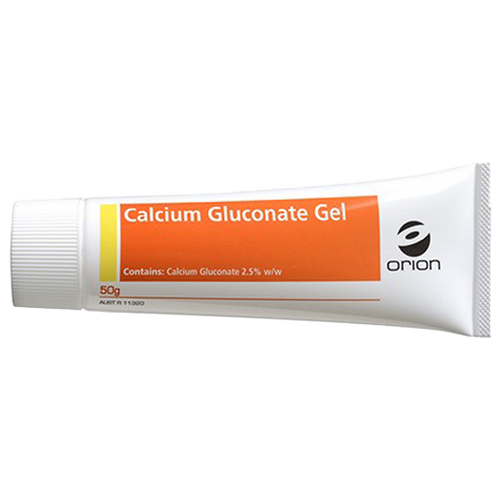
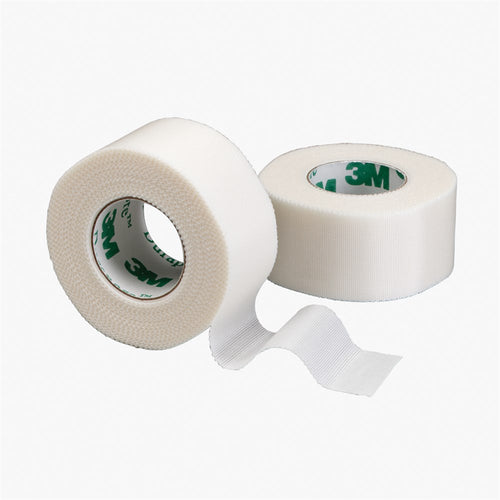
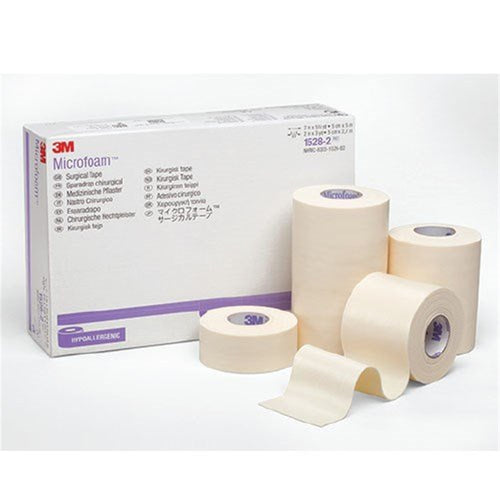
Practical Applications: From Minor Cuts to Large Wounds
Having the right supplies is one part of the equation—knowing how and when to use them is equally important. Here are practical use cases for key products in your first aid for cuts toolkit:
Minor Cuts & Finger Injuries
- Clean with saline or antiseptic
- Apply a non sticking bandage or liquid bandage
- Secure with light gauze bandage tape
Large Wound Dressing
- Start with a sterile gauze pad
- Cover with large wound dressing
- Add non sticking gauze if wound weeps
Finger Cut First Aid
Fingers are prone to frequent injury. Finger cut first aid involves:
- Washing thoroughly
- Using bandage liquid for shallow nicks
- Wrapping in a breathable dressing that allows mobility
Burns and Scalds
Use a burns gel dressing, which:
- Cools the burn
- Prevents contamination
- Soothes pain through hydrogel technology
The Australian Red Cross recommends using gel dressings for minor burns, avoiding creams or ice.
Special Considerations for First Aid in Children and Elderly Adults
Wound care for children and elderly adults requires added sensitivity and specialised supplies. For children, smaller cuts are common due to active play. Use non sticking bandages or bandage liquid to minimise distress during dressing changes. Look for hypoallergenic and cartoon-themed options to make the process less intimidating.
In elderly adults, skin tends to be thinner and more fragile, increasing the risk of tearing and bruising. Non-sticking gauze and low-adherent dressings help reduce trauma. Products like gauze pads sterile should always be available to maintain a clean environment. Elderly individuals may also have chronic wounds or slower healing due to conditions like diabetes or circulatory issues, requiring more attentive care and frequent dressing changes.
Quick Tips:
- Always clean hands before and after dressing wounds.
- Use soft adhesive tape or wrap for delicate skin.
- Apply a barrier cream if dressing is frequent to prevent maceration.
Workplace and School First Aid Preparedness
Every workplace and school must be equipped with a compliant and accessible first aid and bandage station. This should include a full spectrum of dressings, from bandage liquid to burns gel dressings, tailored to likely hazards in the environment.
For Workplaces:
- High-risk settings (e.g., construction, kitchens) should have large wound dressings, gauze bandage tape, and burns gel dressing.
- Ensure first aid for cuts materials are within reach for quick response.
- Training in basic wound dressing is essential for safety officers and designated responders.
For Schools:
- Include finger cut first aid kits in classrooms and activity areas.
- Choose non-allergenic dressings, especially for younger students.
- Ensure regular audits and refills of first aid kits.
According to Safe Work Australia, having the right first aid resources is not only best practice but a legal requirement in all workplace settings.
Conclusion
Effective wound care and first aid hinge on preparation, knowledge, and access to quality supplies. Whether you're treating minor scrapes or more complex injuries, products like gauze pads, non sticking gauze, and bandage liquids play an essential role in recovery and protection.
Build your kit today with purpose. Consider the nature of injuries likely to occur in your environment and stock accordingly. Regularly check expiry dates, replace used items, and ensure everyone in your household or team knows how to respond with confidence.
Be ready for any injury, any time.
Explore our complete range of first aid and bandage supplies, including sterile gauze, burns dressings, and advanced non-sticking options.
📞 Call 1300 615 193 or order online at our website.
